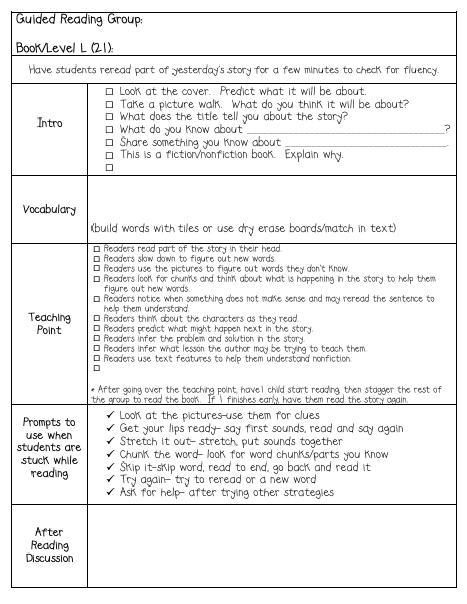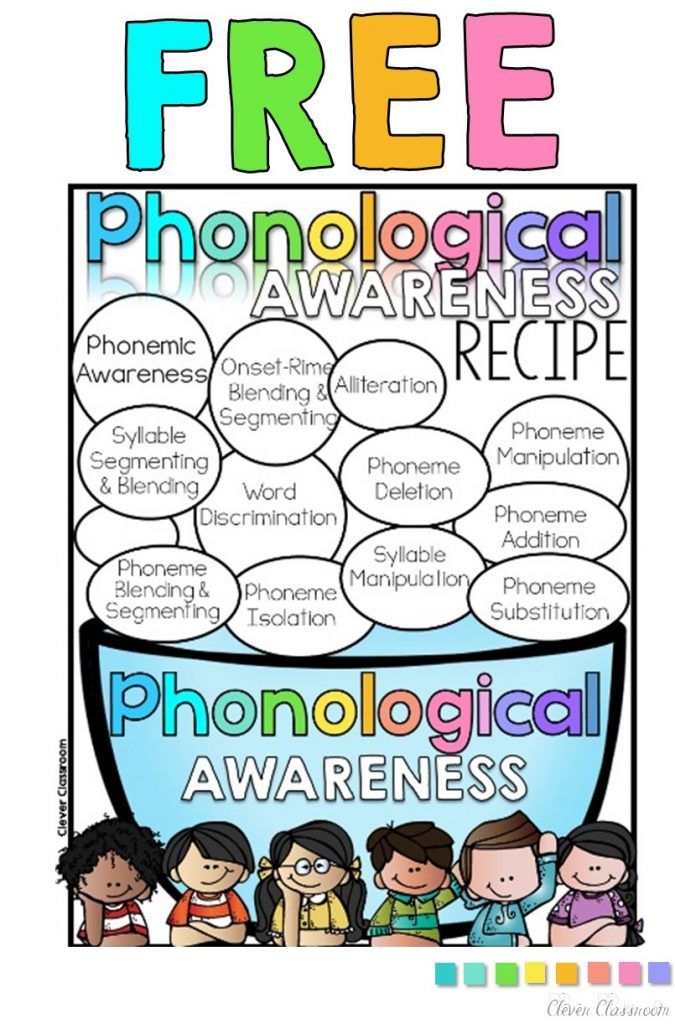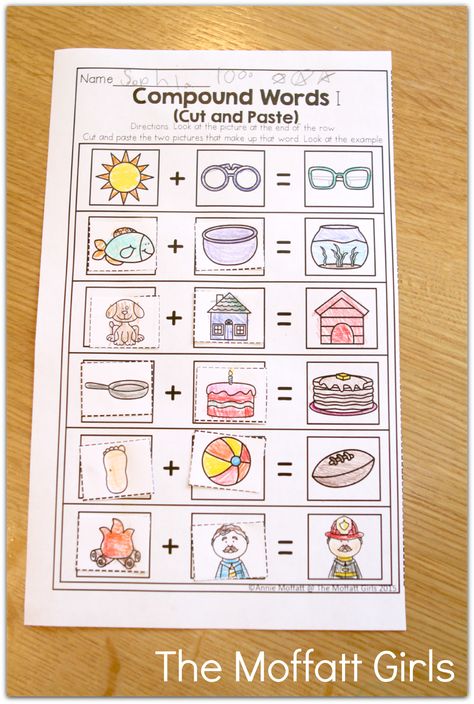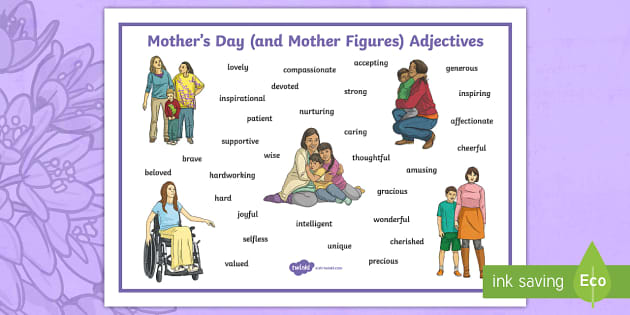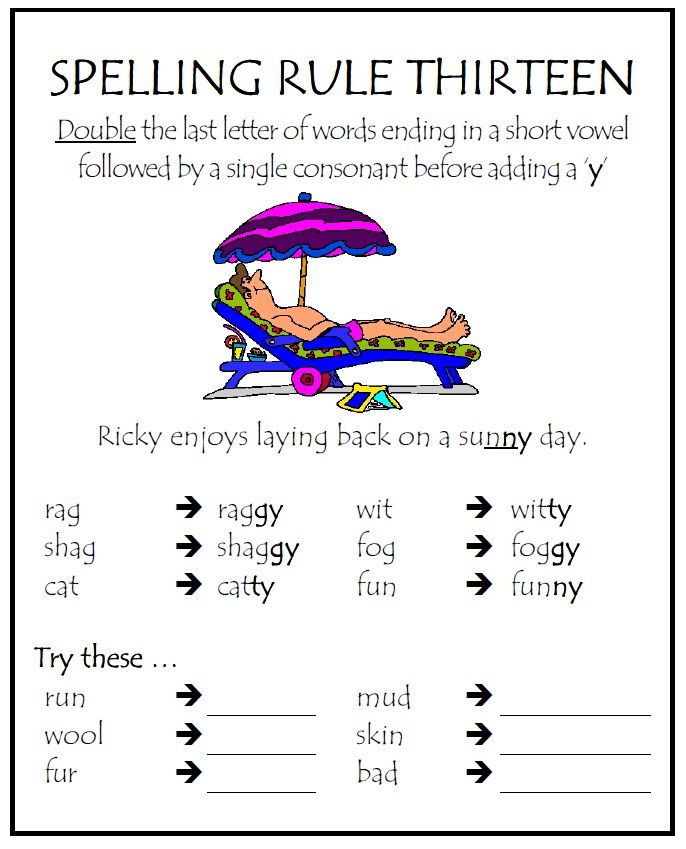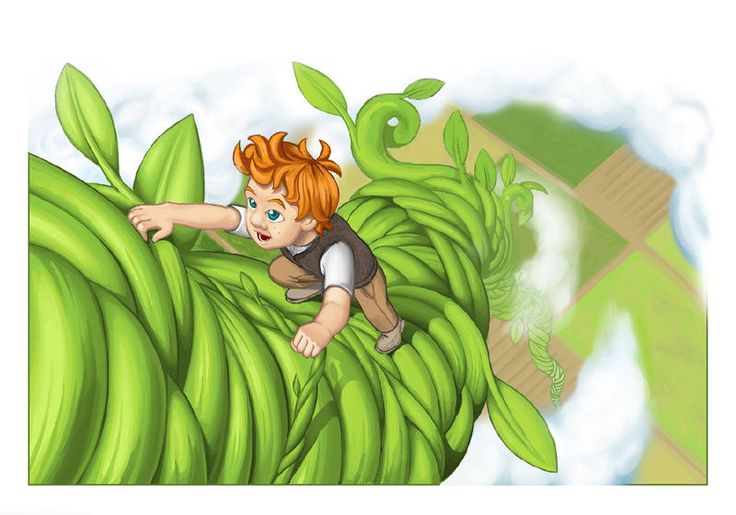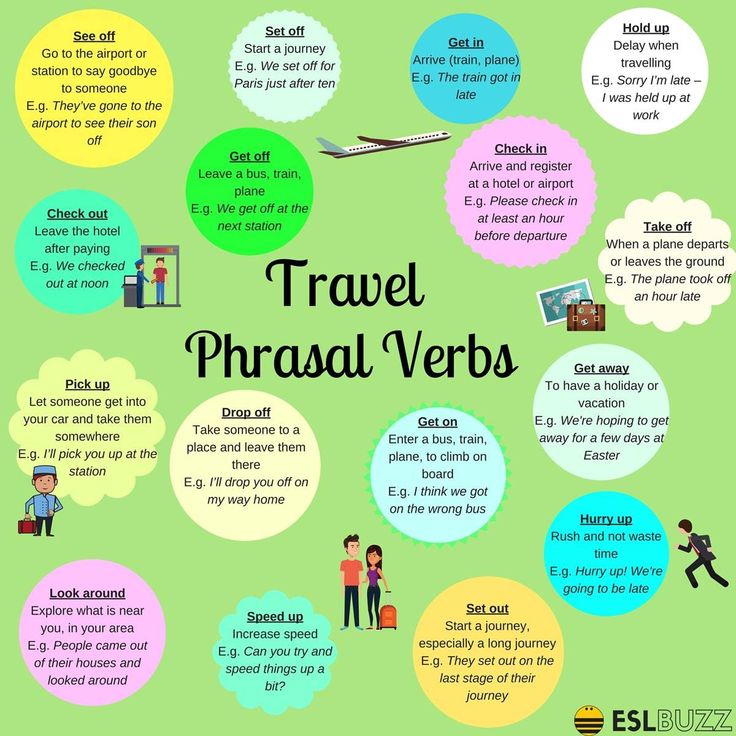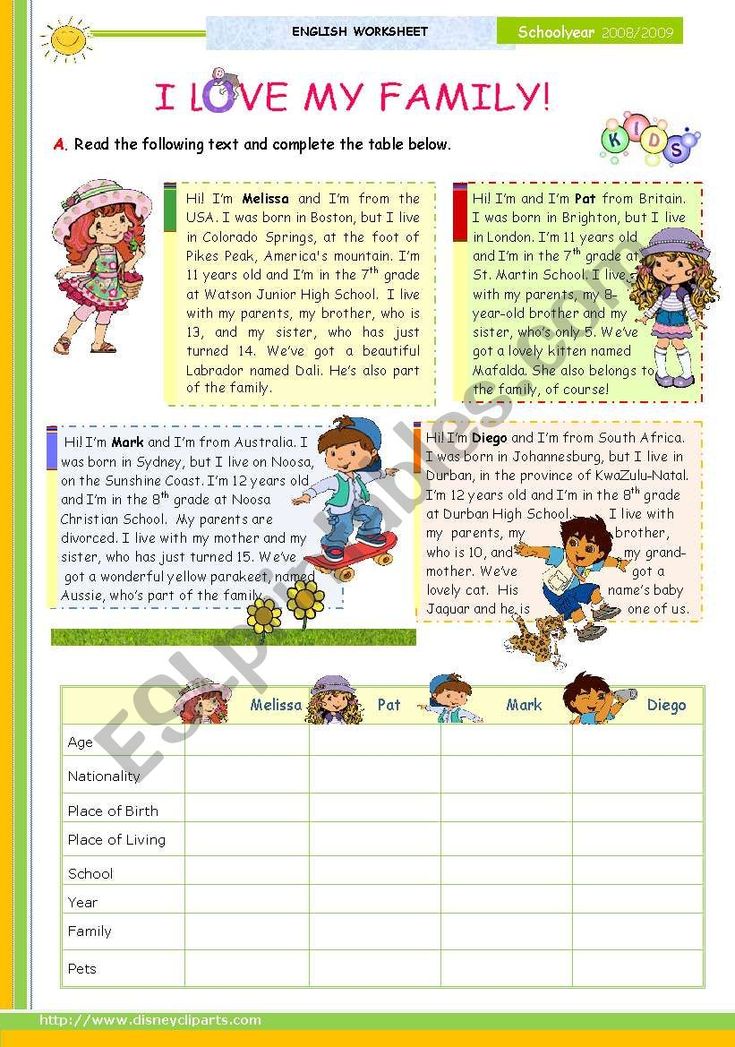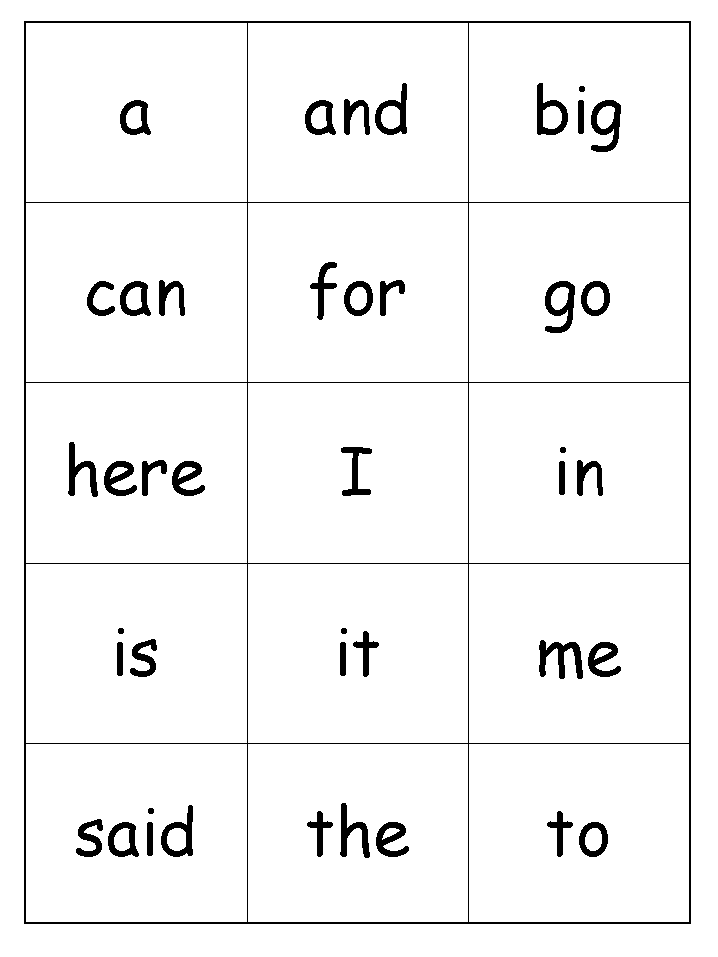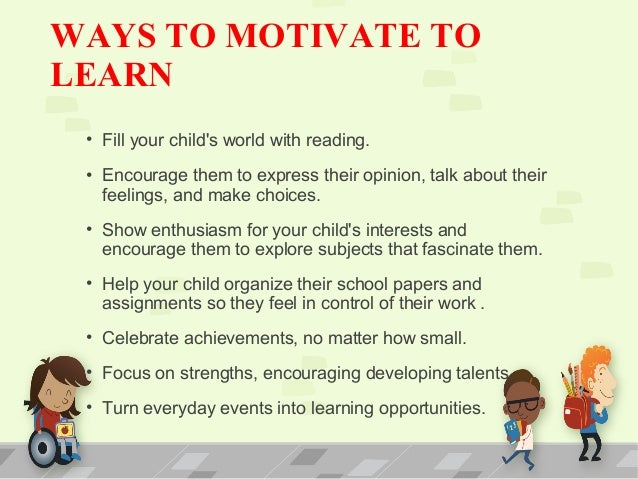Child skipping words when reading
Does Your Kid Skip Words Or Lines While Reading? Here's Why
A careful evaluation of your child’s reading skills is essential to know if he is facing any problems in this aspect. If you notice that he skips words or lines while reading, it may be more than just carelessness or disinterest. The actual reason behind this issue could be a visual processing problem such as poor eye tracking skills, Auditory processing disorder (APD), Dyslexia or even Attention-deficit hyperactivity disorder (ADHD). These reading issues are explained below:
- Visual Processing Issues: Kids have difficulty in reading words and lines in the correct order. Other signs include blurry or double vision.
- Auditory Processing Disorder (APD): This disorder affects a kid’s ability to process the information he hears. Such a child is not able to follow a story being read by another person.
Distinguishing between similar looking letters is also a troublesome task.
- Dyslexia: Kids affected by Dyslexia have difficulty in recognizing letters and associating them with the sounds they make. They easily forget the words they have already learnt and may also skip words while reading.
- Attention-deficit hyperactivity disorder (ADHD): This condition makes it difficult for kids to focus while reading something. Such kids might also behave restlessly due to irritation.
However, there are a number of ways in which you can assist your child in taking his reading skills to a higher level. Some of these have been listed below:
- Understand your child’s requirements: Firstly, it is essential to understand that your child has trouble with reading and requires help. Know in detail about his condition and gather as much information as you can. This will help you determine the best ways to increase his reading skills.
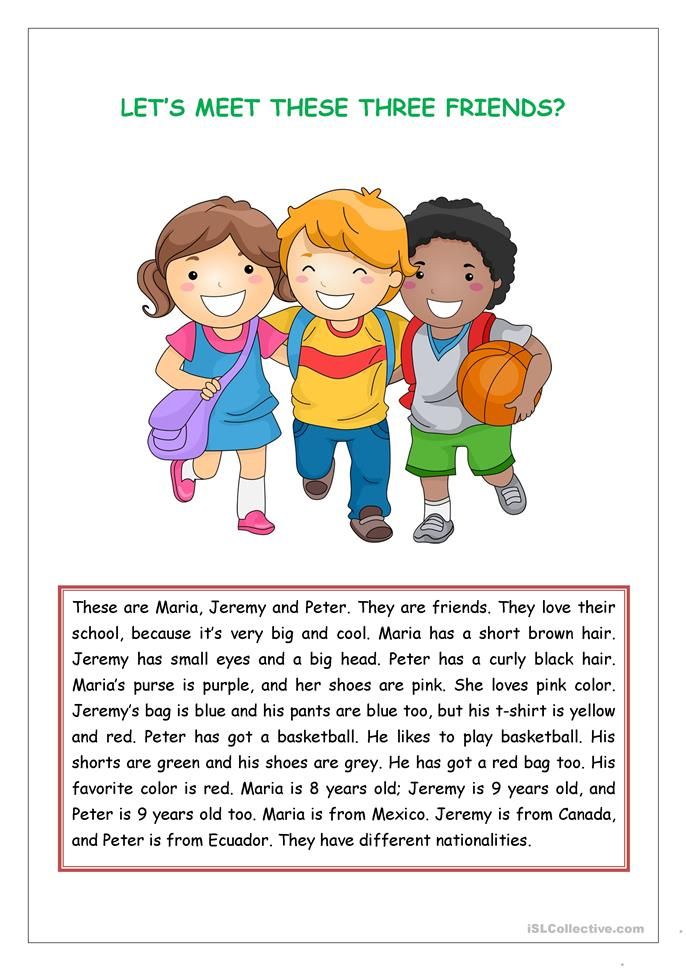
- Read along together: It is crucial that you read along loudly with your child to help him improve his reading skills. It will also be a big confidence booster for him as he can practice reading without thinking about it as an impossible task.
- Choose an interesting topic: If your child gets to read a topic of his interest, he is more likely to make extra effort. Encourage him to read anything he likes – be it books, comics, magazines or even websites. This can make reading a fun and exciting activity.
- Utilize reading tools: There are some research-based physical reading tools that can be utilized to overcome your child’s reading problems. You may opt for reading strips or spell-checkers to assist your child in reading. There are also a number of online games that can make reading a fun activity for your kid.
- Use audiobooks: You can get audiobooks from the local library or simply access them online.
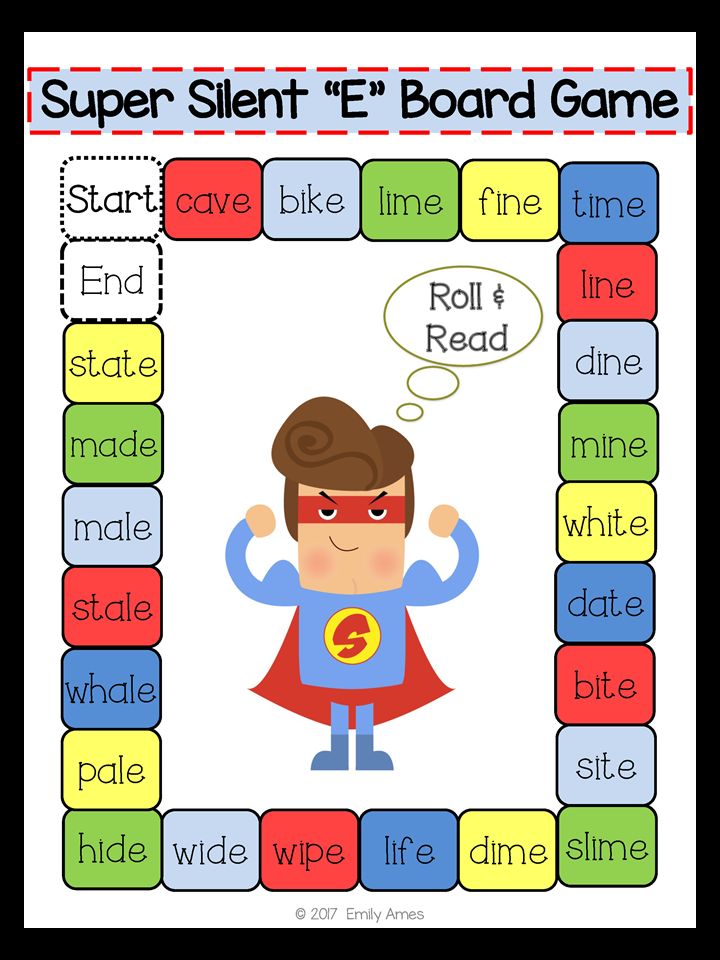 When a child listens to a book while looking at the words simultaneously, he can connect the words and sounds in a better way. This eventually helps in development of his reading skills.
When a child listens to a book while looking at the words simultaneously, he can connect the words and sounds in a better way. This eventually helps in development of his reading skills.
See-N-Read Reading Tools have been specifically designed to increase reading skills in kids as well as adults. To know more about the reading tools, visit our website http://www.see-n-read.com/ or call at (630) 236 – 5592.
Help! My Child Skips Small Words When Reading (3 Helpful Tips)
by Marie Rippel
Does your child skip small words when he’s reading?
Skipping small words is actually a very common problem that we usually notice when our children are reading aloud, but the truth is that many adults skip words as well.
Interestingly, the most commonly skipped words are small, high-frequency words such as the, in, on, a, and of.
These are function words that a child cannot visualize, and since the sentence can still be comprehended without them, the words are easily skimmed over.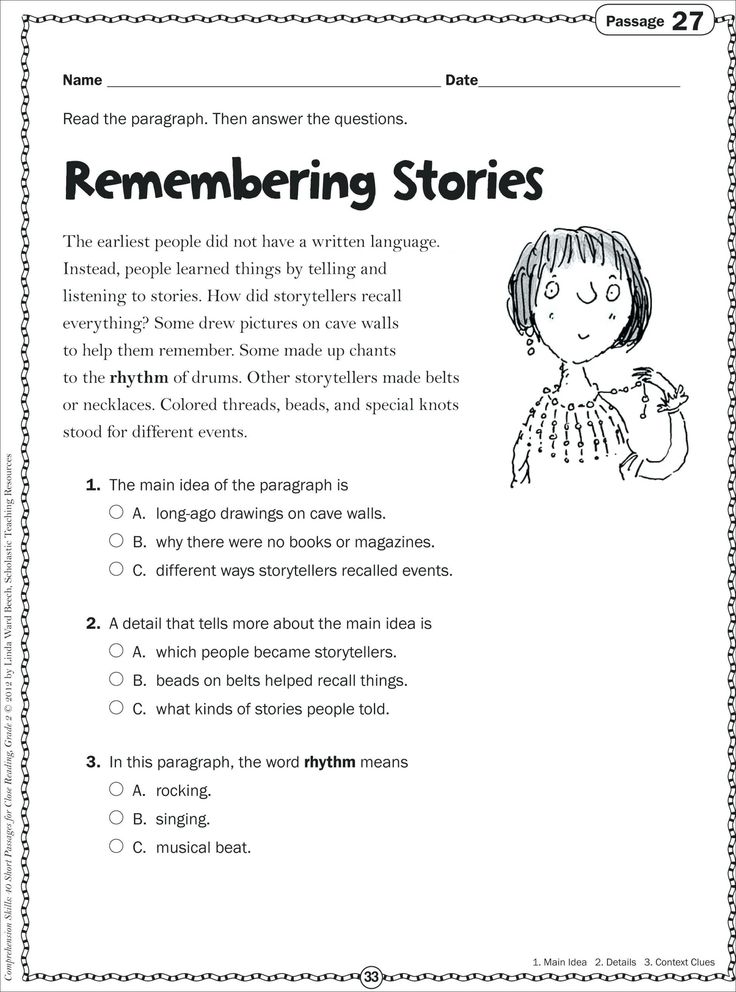
In addition, shorter words are much more likely to be skipped than longer words, and predictable words are more likely to be skipped than non-predictable words.
Why Do Readers Skip Small Words?
When I first explored the reasons for skipping small words while reading, I was surprised to find out how much research has been done on this topic. Generally, researchers wanted to study the way the eyes move during the process of reading: how they track, how they jump forward to the next word or phrase, and how much text is taken in at a single glance.
I’ve cited the research at the bottom of this post, but for our purposes, the main thing we need to know is this:
As a person reads, their eyes jump forward to the next word or phrase, and in this process, small words can be missed.
Longer words or unusual short words grab our attention, while smaller common words are more likely to go unnoticed.
In addition to the scientific explanation, there are several other reasons a child may skip words:
- Your child may be reading too fast.
 Children who read too quickly tend to think that “good readers are really fast readers.” But skipping small words is just one of the many issues that can crop up if a child reads too fast.
Children who read too quickly tend to think that “good readers are really fast readers.” But skipping small words is just one of the many issues that can crop up if a child reads too fast. - Your child’s eyes are moving faster than he can say the words. If this is the case, he may have actually seen the word, but he didn’t actually speak it aloud. People speak at a rate of approximately 180 words per minute, while the average person can silently read 230 words per minute.
- Your child may have vision problems. There is a vision issue called convergence insufficiency disorder. With this vision disorder, the eyes have great difficulty focusing, and small words are often skipped.
- Your child may have dyslexia. Skipping words can be a symptom of dyslexia. If you suspect dyslexia, this checklist may be helpful.
- Your child may be unable to decode the words. If you point out the skipped word, is he able to read it? If not, the real problem may be that the reading material is above his comfortable reading level.
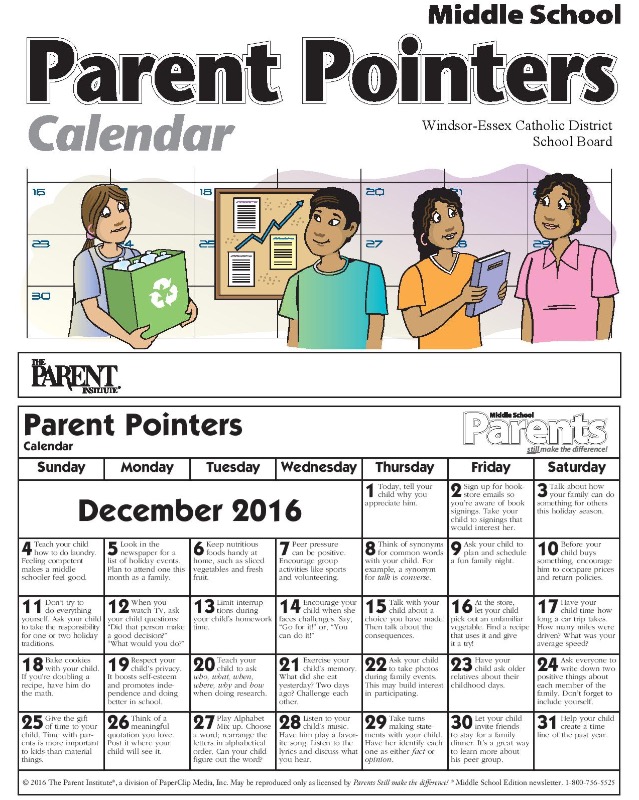 He may need additional instruction in phonics and decoding.
He may need additional instruction in phonics and decoding. - Your child has suddenly begun to skip small words. Some children who were previously reading small words with no problem may suddenly begin skipping them. This can be a natural occurrence as your child is developing as a reader. He may be moving from the beginning stage of reading one word at a time to the more advanced stage of taking in a phrase at a time. This could solve itself in a few weeks as your child figures out the best speed for smooth reading.
3 Ways to Remedy This Problem
If your child doesn’t have a vision or decoding problem, the tips below will help your student pay attention to smaller words when reading.
- Have your child point to each word as he reads it. He shouldn’t just slide his finger under the sentence—he should actually point to the word being read. After he stops skipping words, discontinue this practice.
- Record your child reading and play back the audio.
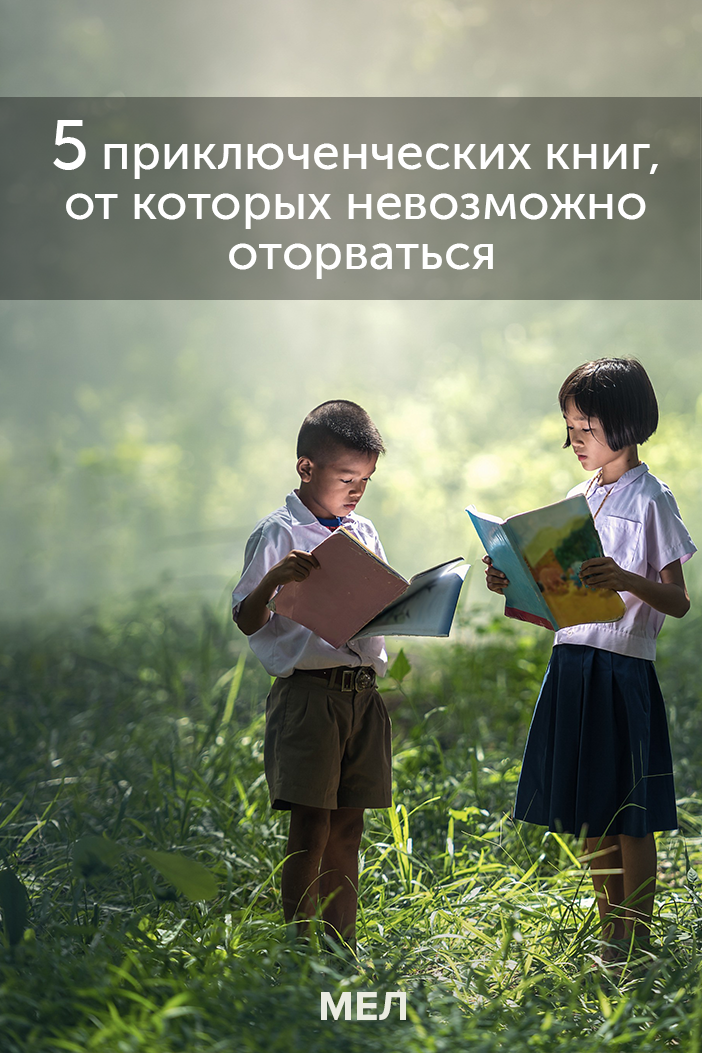 This may help him recognize the fact that he is skipping words as he is reading.
This may help him recognize the fact that he is skipping words as he is reading. - When your child skips a word, ask him if the sentence he just read makes sense. Then have him reread the sentence again to see if he can correct the issue.
The Bottom Line on Skipping Small Words
- Word skipping is a common scenario that happens to children and adults.
- Children skip words for many reasons.
- The solution will depend on the reason behind the word skipping, but there are many ways to remedy this issue.
Read Research on Word Skipping
Brysbaert M, Drieghe D, Vitu F. (2005). Word skipping: Implications for theories of eye movement control in reading. In: Underwood G, editor. Cognitive processes in eye guidance (pp. 53-77). Oxford, England: Oxford University Press.
Choi, W., & Gordon, P. C. (2014). Word skipping during sentence reading: effects of lexicality on parafoveal processing.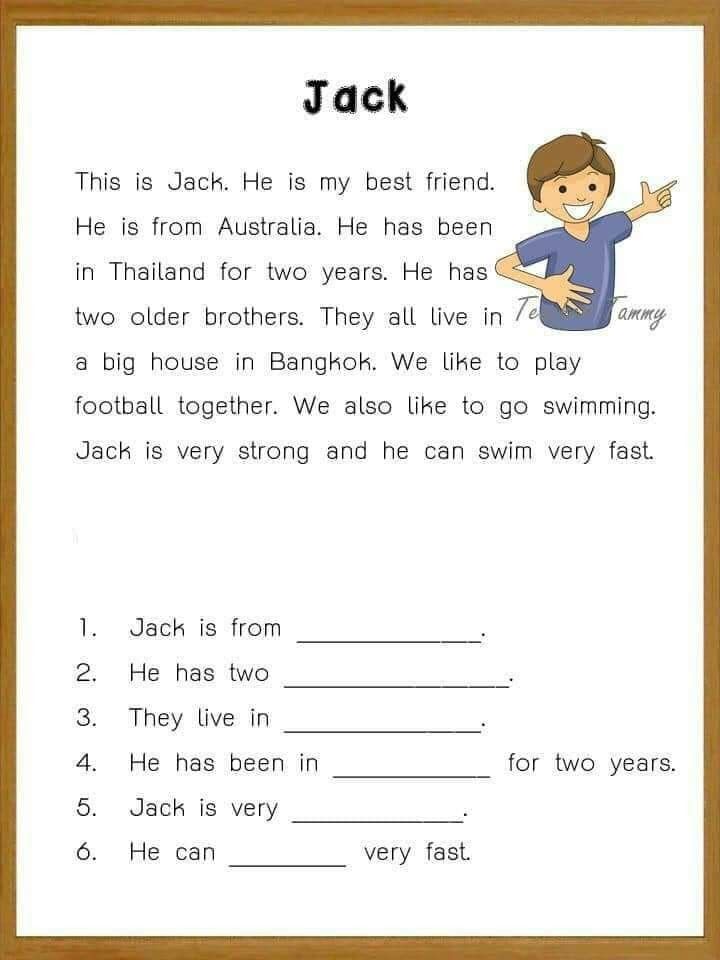 Attention, Perception & Psychophysics, 76(1).
Attention, Perception & Psychophysics, 76(1).
Drieghe D., Rayner K., & Pollatsek A. (2005). Eye movements and word skipping during reading revisited. Journal of Experimental Psychology: Human Perception and Performance, 31, 954–969.
Ehrlich, SF & Rayner K. (1981). Contextual effects on word recognition and eye movements during reading. Journal of Verbal Learning and Verbal Behavior, 20, 641–655.
Fitzsimmons, G. & Drieghe, D. (2011). The influence of number of syllables on word skipping during reading. Psychonomic Bulletin & Review, 18, 736–741.
Hyönä J. (1995). Do irregular letter combinations attract readers’ attention? Evidence from fixation locations in words. Journal of Experimental Psychology: Human Perception and Performance, 21, 68–81.
Rayner K., Slattery, T.J., Drieghe, D., & Liversedge, S.P. (2011). Eye movements and word skipping during reading: Effects of word length and predictability.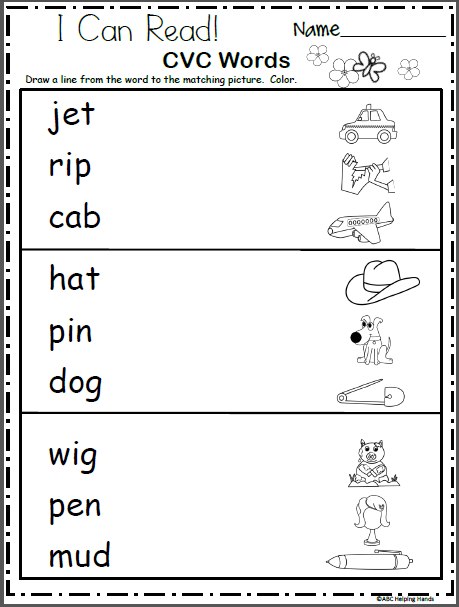 Journal of Experimental Psychology: Human Perception and Performance, 37, 514–528.
Journal of Experimental Psychology: Human Perception and Performance, 37, 514–528.
Does your child skip words when he is reading? Have you discovered any helpful tips?
Photo credit: Rachel Neumann
A child confuses letters when reading: reasons and what to do
Almost every child sometimes confuses letters when reading. This outwardly harmless problem at first glance can hide serious speech disorders.
Quite often, parents and teachers at school notice that a child confuses letters when reading, and sometimes makes mistakes while writing the most elementary words. Many accuse the baby of distraction and laziness. But the problem is much deeper.
The problem arises due to psychological, neurological or physiological disorders. Initially, the baby will simply mispronounce the words, but later the problem will affect the process of reading, writing, mathematics, and academic performance in general, which will entail a string of difficult consequences.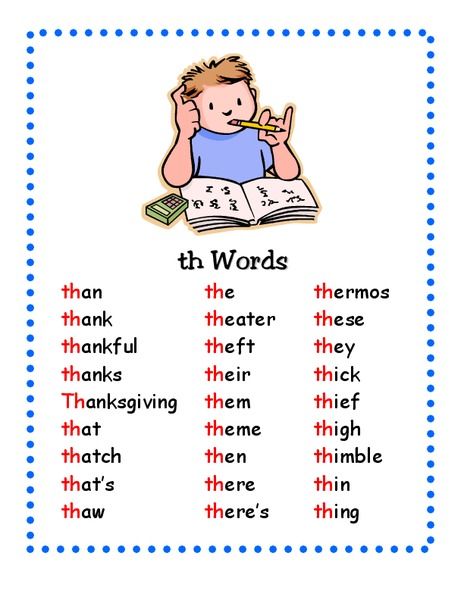
Article content:
- Inattention or real problem?
- Reasons for confusing letters
- Corrective exercises
Carelessness or a real problem?
Before you worry, you need to determine whether this is due to inattention, the child's illness, overwork, or a real problem. To do this, you need to observe the child as he reads and writes. If, when reading, he sometimes forgets letters, and while writing, he confuses similar characters, because he has just begun to study these letters or remembers them after a summer holiday - there is no reason for concern.
Another case is if the child cannot read the word, because he constantly forgets the letters, and also does not remember how and in which direction to write them.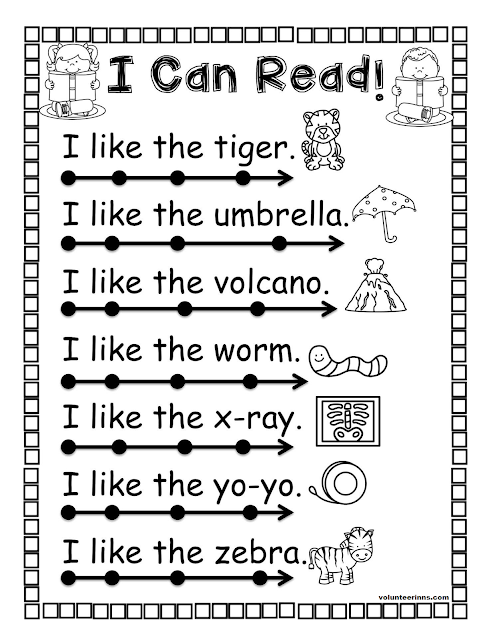 If such errors are persistent, then these may be signs of dyslexia (problems with reading) or dysgraphia (difficulty in writing).
If such errors are persistent, then these may be signs of dyslexia (problems with reading) or dysgraphia (difficulty in writing).
Dyslexia is a common problem, the main characteristic of which is an incomplete reading disorder - a child reads, but constantly makes the same mistakes. He can skip letters, syllables or whole words, add new signs to words, confuse them in places. Often children simply do not distinguish certain sounds, cannot reproduce them and use them not only in oral speech, but also in writing or reading. Very often, a child has not only dyslexia, but also dysgraphia.
Dysgraphia is a persistent impairment in children's ability to write. If a child confuses and swaps syllables and letters when writing, this can cause him to become illiterate in the future. Very often, such children have illegible handwriting due to constant doubts about the spelling of specific letters, syllables or words. They may not capitalize or put punctuation marks at the end of sentences.
Children with dysgraphia in high school try to write in small sentences, while using the minimum number of words, but they still make mistakes. For them, the lessons in which you need to write become painful, so they often skip them. They begin to feel a sense of inferiority, which leads to the development of complexes and aggression in the future. In advanced cases, over time, teenagers become outcasts in the team.
How to understand that the rearrangement of letters is a sign of a problem? You need to pay attention to the following:
- Children confuse similar letters when reading or writing them. For example: p-t, b-d, o-y, and-y and others;
- Impaired sound pronunciation is reflected in the processes of writing and reading - children incorrectly pronounce or confuse certain sounds, therefore they replace or skip them when writing and reading.
- If children do not read fluently, but skip, rearrange, replace letters and words, do not indent between words, swallow endings when reading and writing, then we can talk about the presence of dysgraphic and dyslexic problems.
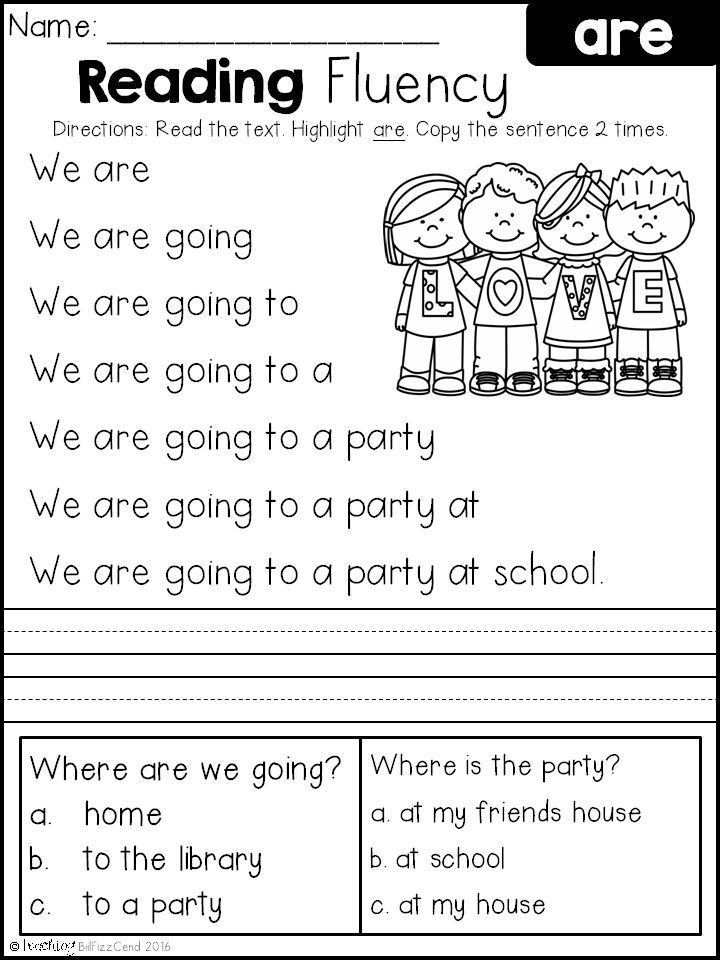
- Children may make mistakes due to difficulties in writing and reading soft and hard consonants, in designating them in writing with iotized vowels (e, e, u, i) or a soft sign.
If you notice such problems, I recommend that you seek the advice of a speech therapist. He will diagnose the speech development of the child and say whether the rearrangement of letters during reading or writing is a violation, or is it just overwork. If this is a violation, the speech therapist will tell you about all the ways to solve the problem.
Causes of letter confusion
It is difficult for children to learn to read and write. During training, 4 analyzers are involved:
- Speech motor - is responsible for the correct pronunciation of words and sounds.
- Speech Hearing - is responsible for determining and selecting the desired sound.
- Visual - determines the desired letter.
- Motor - determines how to write a letter correctly.
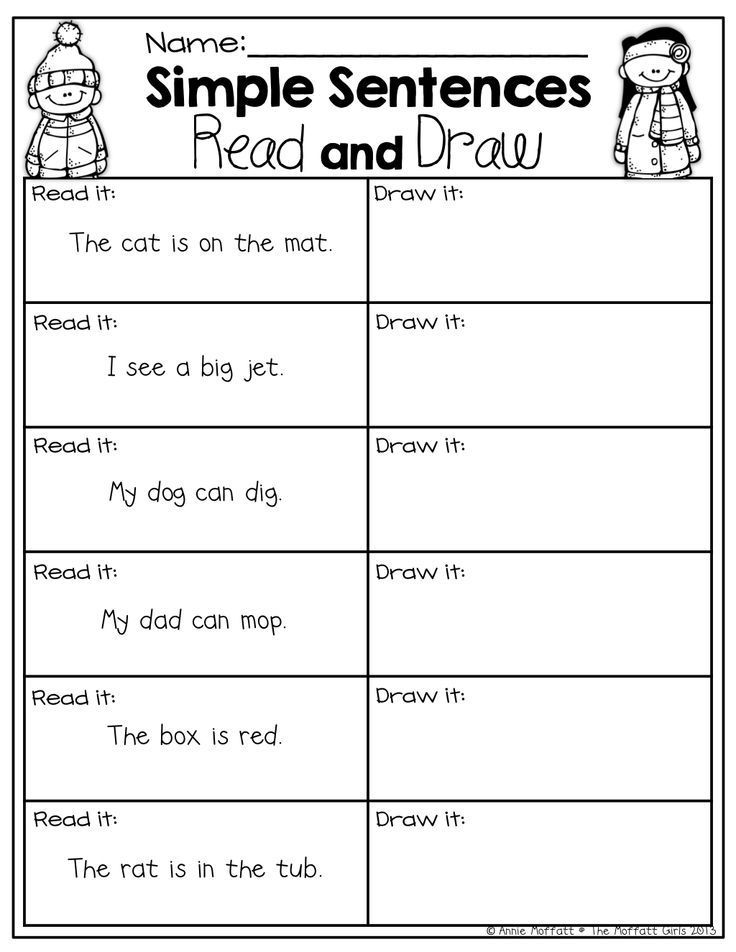
The development and formation of speech, the ability to correctly pronounce all sounds, the perception and reproduction of words - all this fully affects the process of teaching a child to write and read. The parietal-occipital-temporal region of the brain is responsible for speech and writing, which is fully formed only by the age of 10 years.
It is especially difficult to learn to read for children who have problems pronouncing and distinguishing similar sounds. This is due to insufficiently developed phonemic processes, as a result of which the child does not know how to pronounce the problematic sound correctly. To teach a baby with such a violation to read and write should be after the formation of the correct sound pronunciation.
There is also a special vision for letters. Just seeing well is not enough to learn how to write. With the help of this feeling, the baby learns to memorize and then correctly reproduce the letters. He must be intellectually developed, have good speech hearing and vision so that the process of learning to write and read does not constitute any particular difficulties.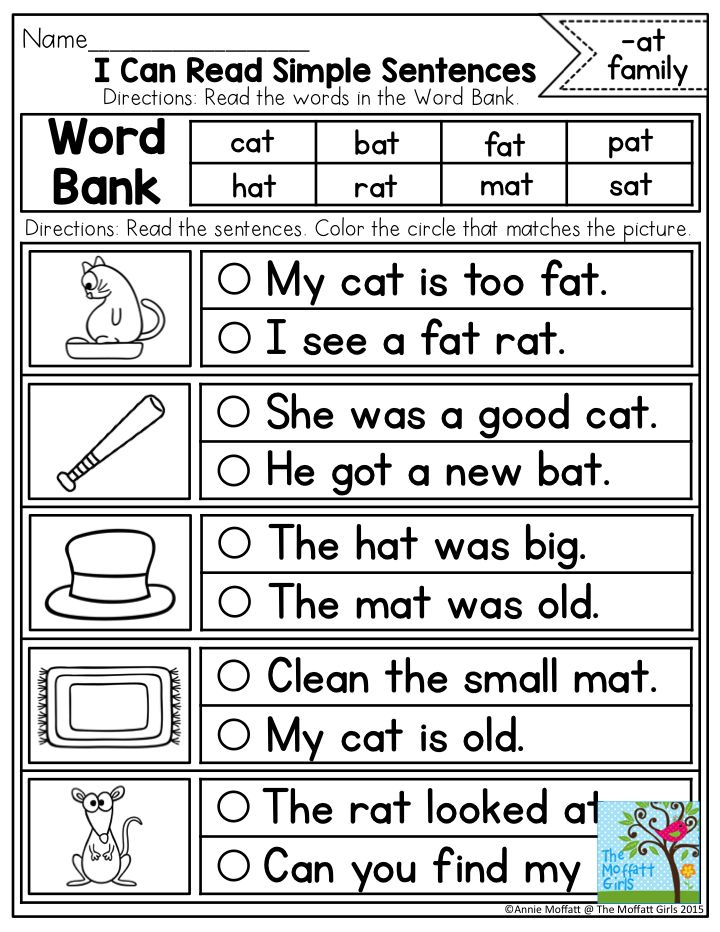
The physiological characteristics of the child can affect the appearance of such problems. Sometimes there is a violation associated with the uneven development of the cerebral hemispheres, as a result of which the less developed part of the organ will perform its functions worse. In each hemisphere there are centers that are responsible for different abilities of the body (reading, speech, vision, hearing, smell).
Often parents are faced with the problem of mirror writing letters. There can be many reasons for this feature, but most often speech therapists diagnose left-handedness. A person can be latent or openly left-handed, and such people are characterized by mirror writing.
There is a hereditary tendency to rearrange letters while reading. If parents or other close family members had difficulty learning to write or read, there is a good chance that the child will also have difficulty learning to read or write.
There are cases when the problem itself goes away, the child outgrows it and then studies normally without outside help.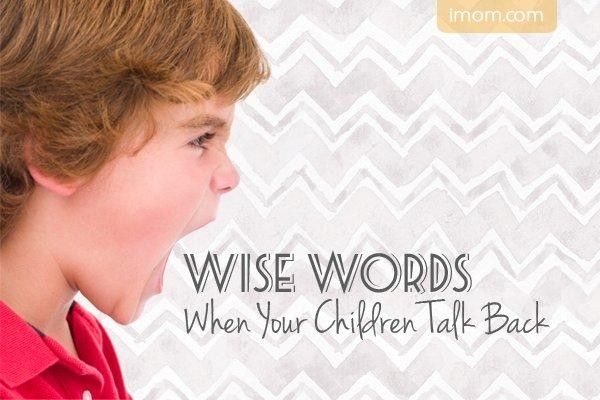 But there are other situations in which the problem starts and a person experiences serious difficulties already in adulthood.
But there are other situations in which the problem starts and a person experiences serious difficulties already in adulthood.
It can also be caused by a number of physiological and genetic disorders. In this case, the child is characterized by normal mental development. In the future, he may be successful in any field of science, but he will have big problems with writing and reading.
Dysgraphia and dyslexia can appear in stubborn children when there is no harmony and connection between mother and child in the family. For example, if a baby is force-fed, against his will, in the future he will refuse to study, resist the teacher and mother, protesting.
If a child has problems with concentration, it is difficult for him to follow the line when reading. The consequence is a rearrangement of letters in words and words in sentences. It is necessary to train the ability to concentrate attention on objects, to do exercises for the visual muscles.
Corrective exercises
If you have been diagnosed with dyslexia and / or dysgraphia due to the fact that the child confuses letters, there is no need to be upset. Children, if they try, are quite capable of correcting the situation with the help of special exercises.
A good speech therapist and specially selected home activities with the child will help here. These tasks are aimed at developing and training the correct pronunciation of sounds, speech hearing and letter vision.
During the classes, various speech therapy games are held, the articulatory apparatus and auditory attention are trained. The kid is taught to pronounce complex words in syllables. The child tries to pronounce sounds correctly and match them with letters.
Here is an example of some of the exercises that I recommend parents do with their child on their own:
- When writing letters in a mirror, you can draw a sheet of paper into 2 parts.
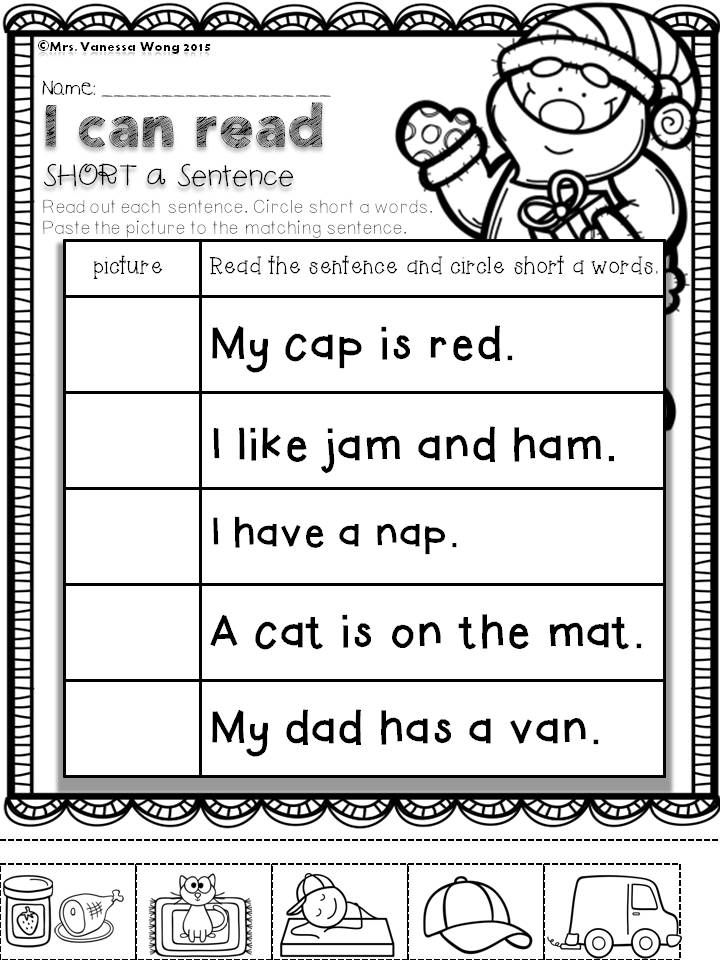 On one side of the sheet, an adult guesses letters that are difficult for the child (those that he confuses), and on the other side, the kid guesses them. For the best effect, the letter can be reinforced with interesting drawings of objects and objects starting with this letter.
On one side of the sheet, an adult guesses letters that are difficult for the child (those that he confuses), and on the other side, the kid guesses them. For the best effect, the letter can be reinforced with interesting drawings of objects and objects starting with this letter. - Make paper or plasticine letters together with the child and give them so that he guesses by touch with his eyes closed.
- Give the task to cross out or highlight all the given letters in some passage of the story. For example, with colored felt-tip pens, mark the letters "a" and "o". If you practice daily, then after 2 months the result will be noticeable.
- Pencil dictations. Every day the child writes small excerpts from books with a pencil. An adult checks and writes out errors in the fields with a pen, preferably not red, without correcting anything. Then this dictation is given to the child and he himself finds and corrects mistakes. Since it is written in pencil, it will be easy to do this - he erases the mistakes and writes correctly.
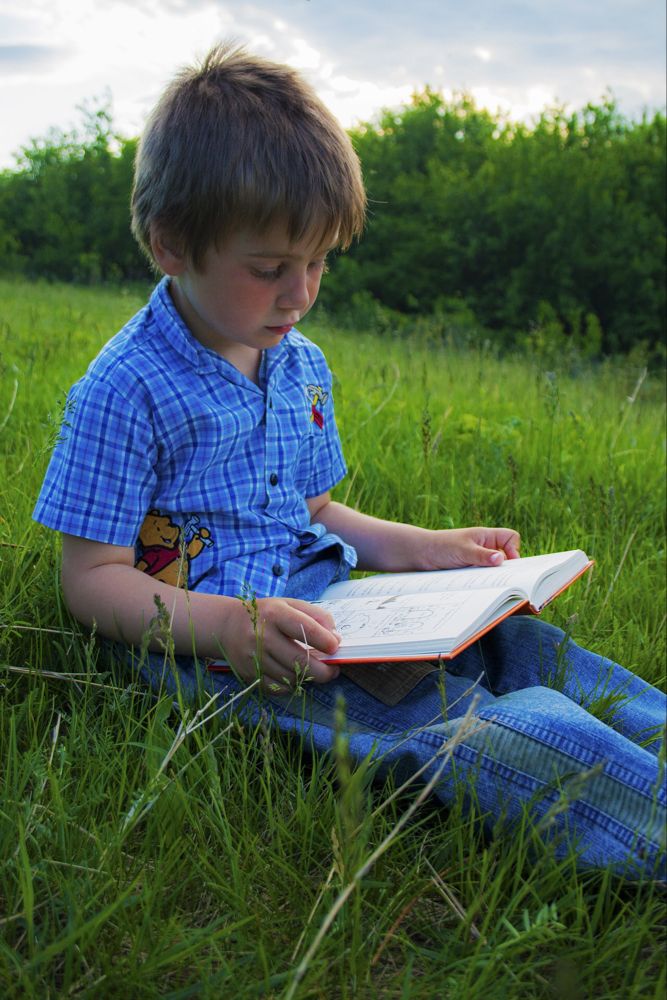 The brain doesn't remember misspellings.
The brain doesn't remember misspellings. - You can give a short excerpt from the book, so that he reads it slowly, with strongly pronounced articulation.
- It is important to teach him a few grammar rules and work them out in elementary exercises.
- If a child has trouble fixing their vision, you can come up with some interesting exercises for the eyes, for example, look at a certain toy and describe it.
You need to do articulation exercises if the problem is in the weak muscles of the lips, mouth or tongue. With its help, it will be easy to train the articulatory apparatus of the child, which will later affect the clarity of pronunciation of sounds and he will learn to pronounce them.
In order for the classes to be effective, it is important to remember a few rules:
- Good atmosphere. It is impossible to allow the child to close internally, then there will be no result from the classes. Therefore, during the training, everything should be calm, interesting and on a voluntary basis.
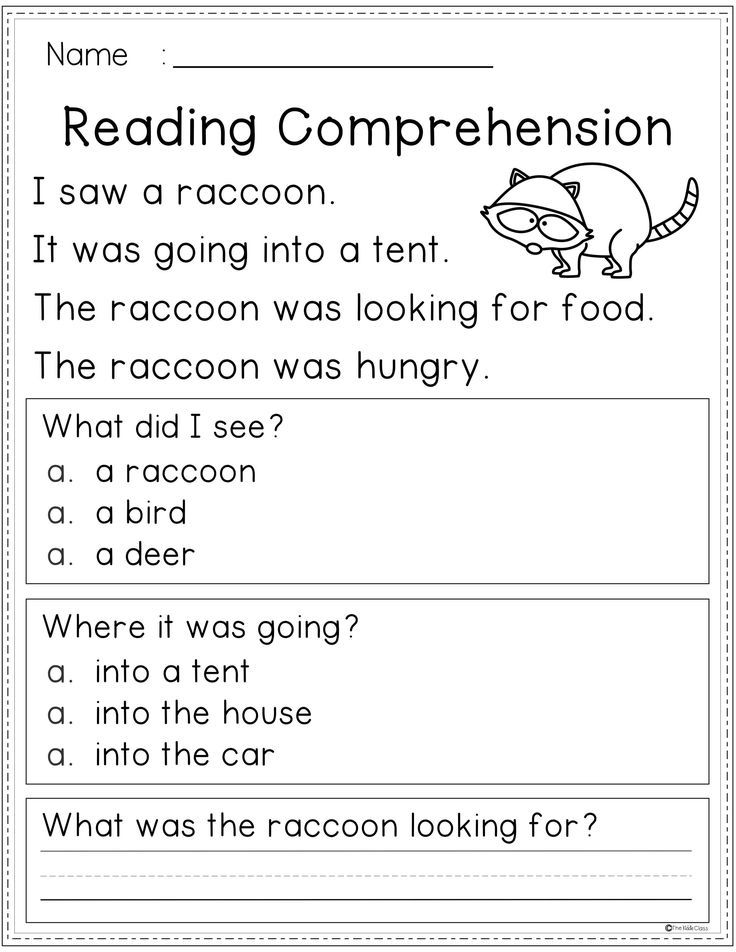 If you force a child, then there will be no progress.
If you force a child, then there will be no progress. - You cannot openly check the reading speed. During the reading speed test, the child experiences stress. Therefore, if parents want to know how fast he reads, it is more correct to do this quietly in the form of a game.
- Emphasis should not be placed on quantity, but on quality. It is better to perform fewer exercises, but so that the child understands the very essence and really learns something, than to carry out many actions, but to no avail.
- Small achievements should not be praised. Showing your disappointment and pointing out your child's mistakes is also not worth it. It is more correct to harmoniously conduct classes, calmly eliminate shortcomings and have maximum patience.
During the correction of such problems, parents should work closely with the speech therapist, since the specialist must observe the dynamics and correct the work. Under the supervision of a speech therapist, the correction of the violation occurs much faster and more comfortable for the child.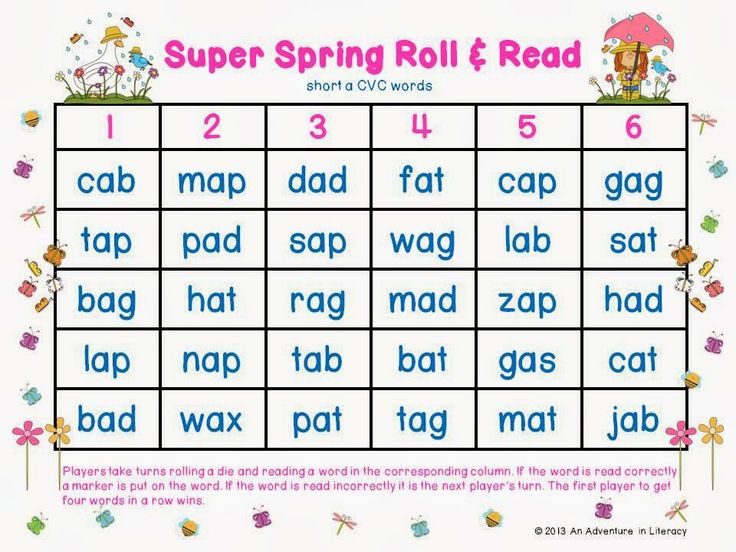
Recommend reading
Child development
August 25, 2022
Why the child refuses to go to school
Why the child does not want to go to school, the reasons for not wanting to attend classes, the severity of the problem. Possible consequences and advice from a psychologist for parents.
Speech development
September 04, 2022
At what age do you need a speech therapist, when to show the child for the first time
At what age should a child be seen by a speech therapist? How to independently determine the need for a visit, the main reasons for contacting a specialist.
WHAT TO DO IF A CHILD MISSES LETTERS AND READS BADLY — Comprehensive development of children from 5 to 14 years old
Parents come to us who are already tired of studying at home with their children, and the children themselves are already shuddering at the phrase “Russian language”.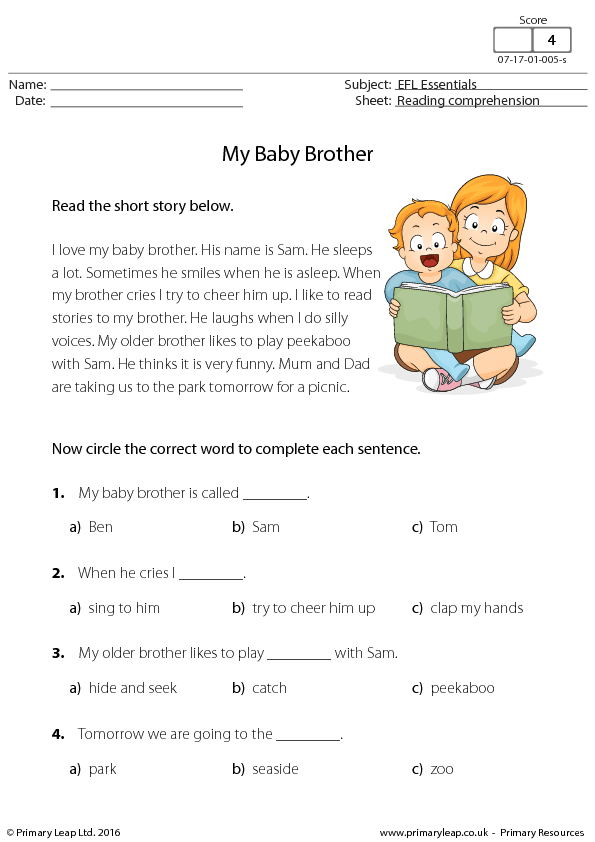 Often in such cases, when diagnosing, we see either dysgraphia, or dyslexia, or even everything in combination. Dyslexia in psychoneurology is called reading disorders, dysgraphia - writing disorders.
Often in such cases, when diagnosing, we see either dysgraphia, or dyslexia, or even everything in combination. Dyslexia in psychoneurology is called reading disorders, dysgraphia - writing disorders.
According to G.M. Segebart, since 1977, the number of primary school students with dyslexia and dysgraphia has increased from 8.7% to 70%.
Teachers in mainstream schools do not always have the necessary skills to help these children because it is not part of their professional training. At the same time, we must not forget that there are about 30 children in a class at an elementary school, and this is simply physically impossible. Such violations require painstaking and lengthy work, each child with dyslexia or dysgraphia has his own set of problems, so you need to prepare for each lesson with an individual child for a long time.
DYSGRAPHY AND DYSLEXIA - WHAT IS IT? HOW TO DIAGNOSIS DYSGRAPHY AND DYSLEXIA?
Dyslexia in psychoneurology is called reading disorders, dysgraphia - writing disorders.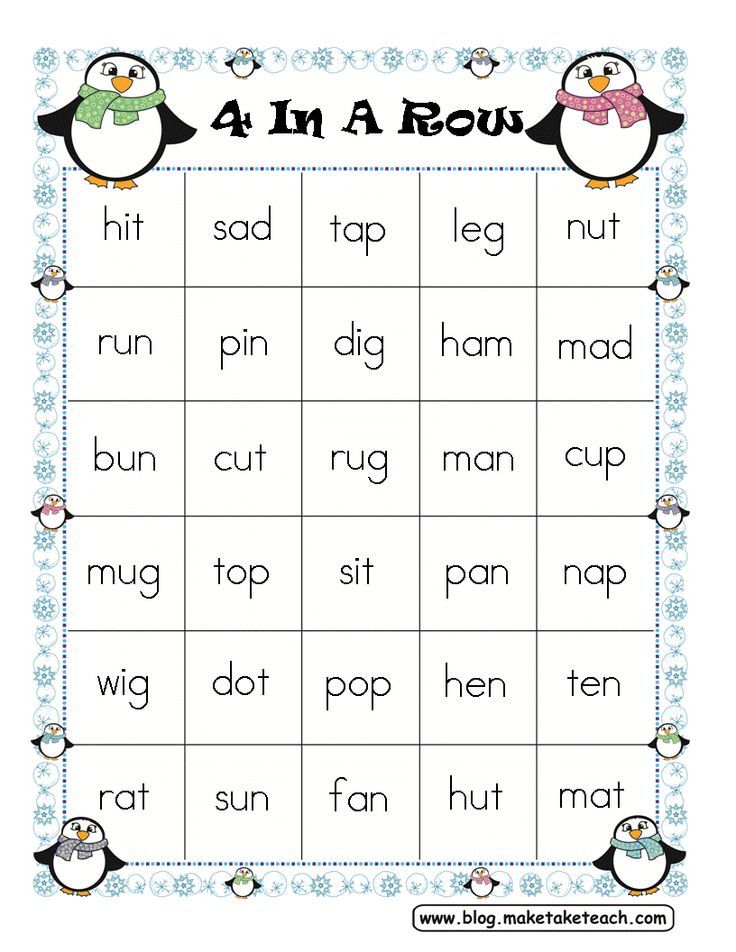
Children with dyslexia make mistakes when reading: they skip sounds, add unnecessary ones, distort the sound of words, their reading speed is low, children change letters, sometimes they skip the initial syllables of words. The ability to clearly hear certain sounds and use them in one's own speech, reading and writing often suffers. - At the same time, the possibility of distinguishing close sounds is violated: “B-P”, “D-T”, “K-G”, “S-Z”, “Zh-Sh”. Therefore, such children are very reluctant to complete tasks in the Russian language: retelling, reading, presentation - all these types of work are not given to them.
With dysgraphia, children have difficulty mastering writing: their dictations, their exercises contain many grammatical errors. They don't use capital letters, they don't use punctuation, they have terrible handwriting. In middle and high school, children try to use short phrases with a limited set of words when writing, but they make gross mistakes in writing these words.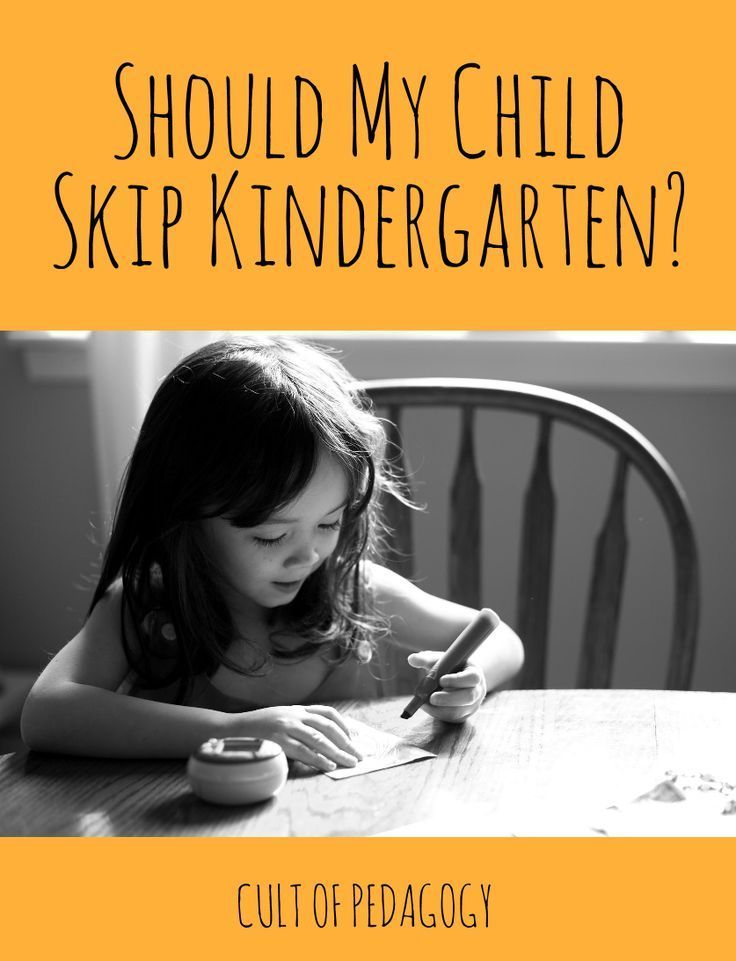 Often, children refuse to attend Russian language classes or complete written assignments. They develop a sense of their own inferiority, depression, in the team they are isolated. Adults with this defect are not able to compose a greeting card or a short letter, they try to find a job where you do not have to write anything.
Often, children refuse to attend Russian language classes or complete written assignments. They develop a sense of their own inferiority, depression, in the team they are isolated. Adults with this defect are not able to compose a greeting card or a short letter, they try to find a job where you do not have to write anything.
In children with dysgraphia, individual letters are incorrectly oriented in space. They confuse similar letters: “Z” and “E”, “P” and “L” (soft sign). They may not pay attention to the extra stick in the letter “Sh” or the “hook” in the letter “Sh”. Such children write slowly, unevenly; if they are not in good shape, not in the mood, then the handwriting is completely upset. Determining the presence of violations of writing and reading, in general, is not difficult. There are typical mistakes, the repetition of which from time to time when reading or writing, should alert you.
SPECIFIC ERRORS IN DYSGRAPHY:
p - t; E - Z; a - o; d - y, etc.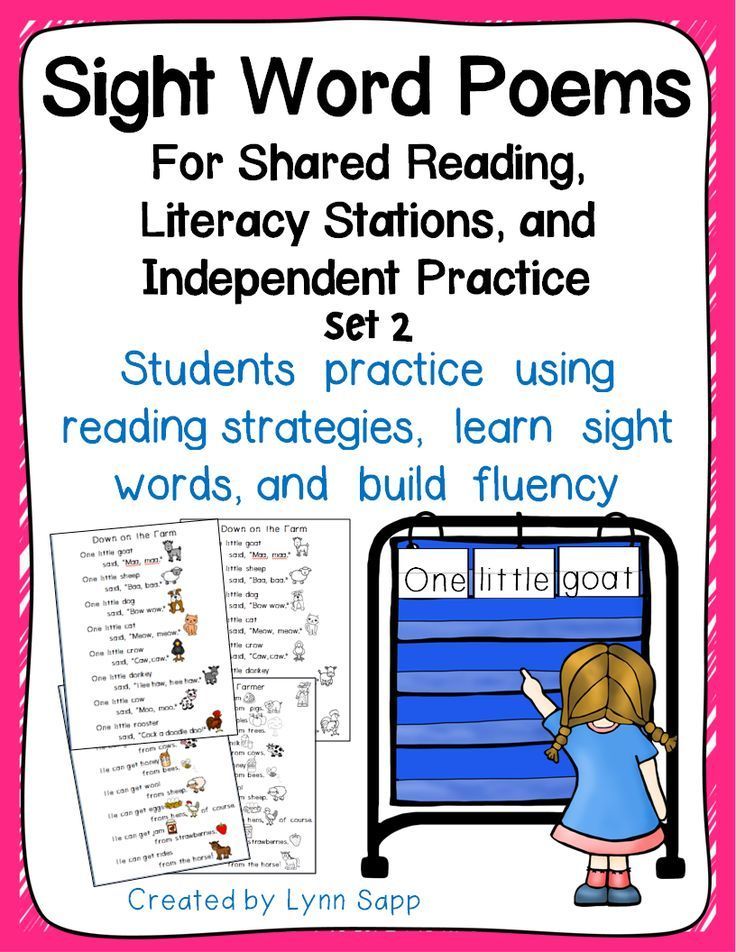
2. Pronunciation errors. The absence of some sounds or the replacement of some sounds with others in oral speech, respectively, is reflected in writing. The child writes what he says: sapka (hat).
3. Mixing of phonemes by acoustic-articulatory similarity, which occurs in violation of phonemic perception. With this form of dysgraphia, it is especially difficult for children to give a letter to dictation. The vowels o - y, yo - yu are mixed; consonants r - l, d - l; paired voiced and deaf consonants, whistling and hissing, sounds c, h, u are mixed both with each other and with other phonemes. For example: tublo (hollow), lobit (loves).
4. We often rejoice when a child reads fluently at preschool age, and this, with an insufficiently formed phonetic-phonemic side, can lead to writing errors: omission of letters and syllables, underwriting of words.
5. Perseveration errors (stuck) in dysgraphia are frequent: “Mother’s grew behind the zome” (Raspberries grew behind the house), anticipation (anticipation, anticipation): “Dod by the blue sky” (Under the blue sky).
6. A large percentage of errors are due to the child's inability to convey the softness of consonants in writing: salt (salt), drive in (lucky).
7. Continuous spelling of prepositions, separate spelling of prefixes is also one of the manifestations of dysgraphia.
All errors that can be attributed to dysgraphia and dyslexia are specific, typical and persistent. If your child makes such mistakes, but they are rare, then the reasons must be sought elsewhere. Mistakes made due to ignorance of grammatical rules are not dysgraphic.
WHAT DO WE DO IN CLASSES TO REMOVE THESE PROBLEMS?
Parents are mistaken when they force children to constantly read or rewrite texts, with such violations. This does not correct the situation in any way, reinforces mistakes and causes aversion in the child to learning. In order to remove the problem, a special set of measures is needed. Here is some of them. We present those that you can do at home with your child if you do not have the opportunity to go somewhere for paid classes.
"Reading" is a multifunctional, very rich game, which is aimed at developing reading skills and reading comprehension. Published in 2016 publishing house UMC "Rebus", author Mazina Veronika.
In this article, we will consider only those variants of Reading games that are aimed at developing coherent speech and reading comprehension.
A set of tasks implemented by games with calligrams:
to form awareness of reading;
stimulate speech activity;
develop coherent speech
develop thinking operations;
development of integrity and switchability of visual perception.
form arbitrary regulation of behavior;
activate the flow of neurodynamic processes;
develop concentration, switching, distribution and selectivity of attention;
The box contains 60 double-sided round cards. We are now interested in the side on which the words are written. The words are arranged in such a way that they form a recognizable shape, a “picture”. Pictures created with words are called calligrams.
Pictures created with words are called calligrams.
Do not be afraid if it will be difficult for you, adults, to recognize such “pictures” at first, this is normal and can be easily explained by the different structure and functioning of the child's and adult's brain. It is much easier for children to learn in the form of what words are written than for adults. A child does not have the baggage of patterns that an adult has accumulated over his life. Accordingly, there is no restriction within the framework of stereotypes. Yes, and children's perception is more open. During the game, you will definitely make sure of this. In any case, the goal of the game was not to depict the form as accurately as possible. It is sufficient that upon repeated presentation the desired image is activated, even if the hint was received the first time.
By the way, a little secret: to determine the correct position of the picture (top-bottom), you can focus on the position of the central syllable on the back of the card.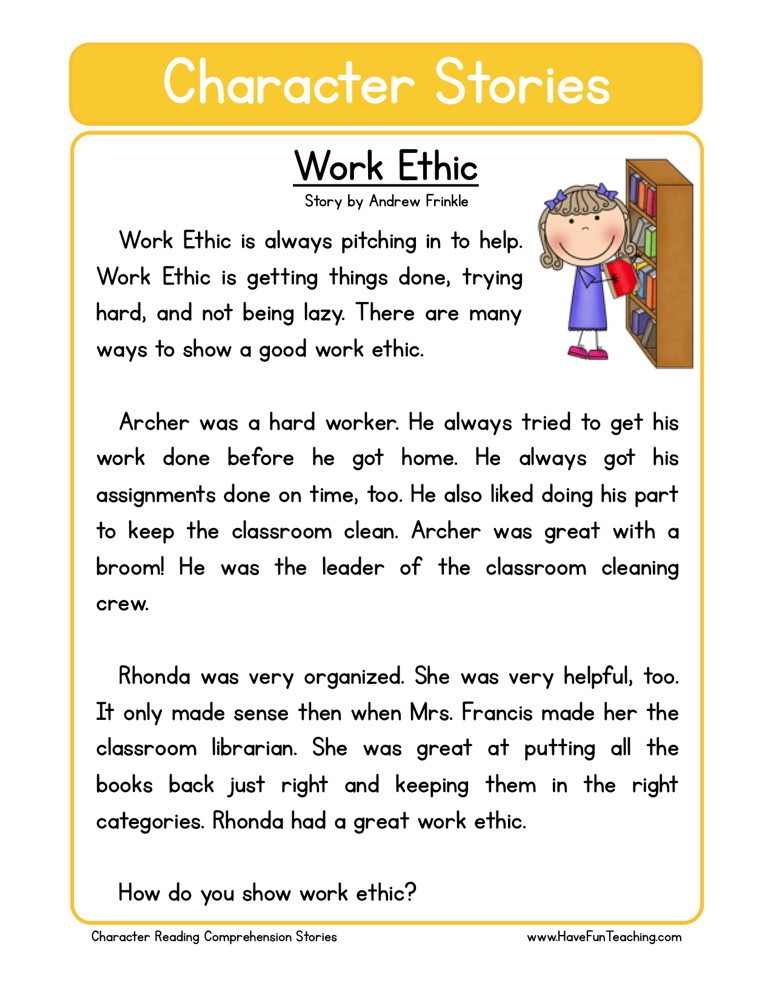
Of course, for adults there is a catalog of all cards with a detailed description. Download the list of pictures here. This list contains an image of the picture, the name of the form, the topic, as well as options for conversation and questions-tasks for each picture. Based on the proposed questions (and answers), you can come up with a lot of related tasks. In addition to games, these cards can be used for speech therapy classes or even used in a Russian language lesson. A large number of cards allows you to do this with the whole class and avoid repetition throughout many lessons.
For example, distribute 1 card to each student and give general written assignments. The variety of possible tasks is limited only by the experience and imagination of an adult.
Pisces
Identify the image. What shape are the words on the card in? (Fish)
Read the words on the card, name / write down the topic (generalizing word or phrase). (Pisces)
Count how many words are on the card? And how many unique words (without repetitions)? Write them down.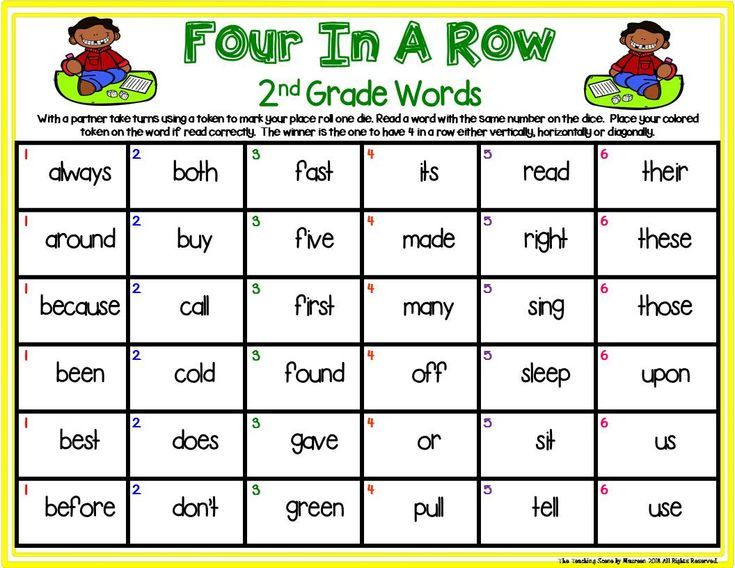 (Salmon, trout, pike, carp, guppies, crucian carp, perch, roach, catfish, tench, burbot.)
(Salmon, trout, pike, carp, guppies, crucian carp, perch, roach, catfish, tench, burbot.)
Determine the place of stress in words. Make syllable-rhythmic schemes of words, where X is a stressed syllable, and x is an unstressed syllable. For example: salmon - xX, roach - xX, carp - X.
Write the words in ascending order of syllables: first words from one syllable (if any), then from two, etc.
What is the benefit of recognizing the subject and form of a calligram?
When we recognize the form, the right hemisphere works more, its function is to recognize the entire image, i.e. a holistic strategy of perception is carried out. When we focus attention in order to see and read words, the left hemisphere will turn on more actively, implementing an analytical perception strategy. The flexibility of switching between different strategies develops the whole brain, activating its various areas. Ample opportunities for understanding the world open up ... If we take a more specific benefit, the speed of information processing increases, which will undoubtedly come in handy in schooling.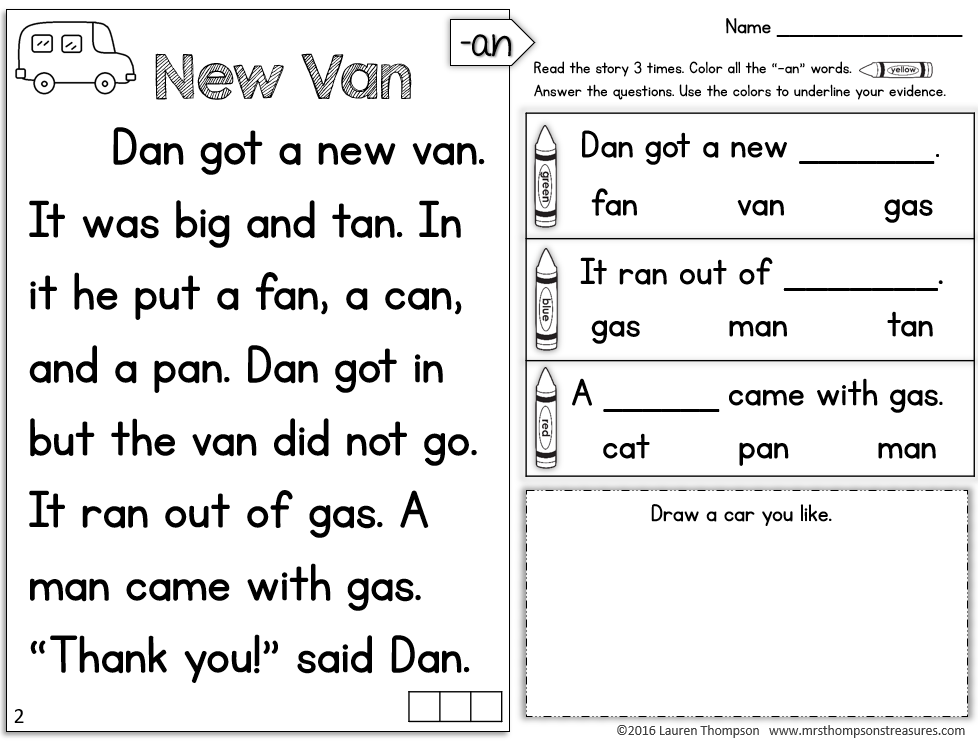
It is worth mentioning that neuropsychology explains significant difficulties in recognizing a holistic image by disturbances in the functioning of the frontal lobes. Namely, the inertia of a once-appearing installation of a quick transition between an integral image and details (in our case, words) or vice versa - details and an integral image. But if, after a hint, a person is able to recognize the image and recognize it again, then we can say that he does not have the above difficulties.
The naming of a generalizing word is a function of thinking and speech. With such an organization of the material, the vocabulary will be replenished more efficiently. This is due to the fact that we do not just memorize words in a “bunch”, but we assimilate them in a system and in interconnection with other words. That is, not just memory works here, but awareness of words by category. It is much easier to recognize a word named by someone than to name it yourself, because the brain support of these functions is different.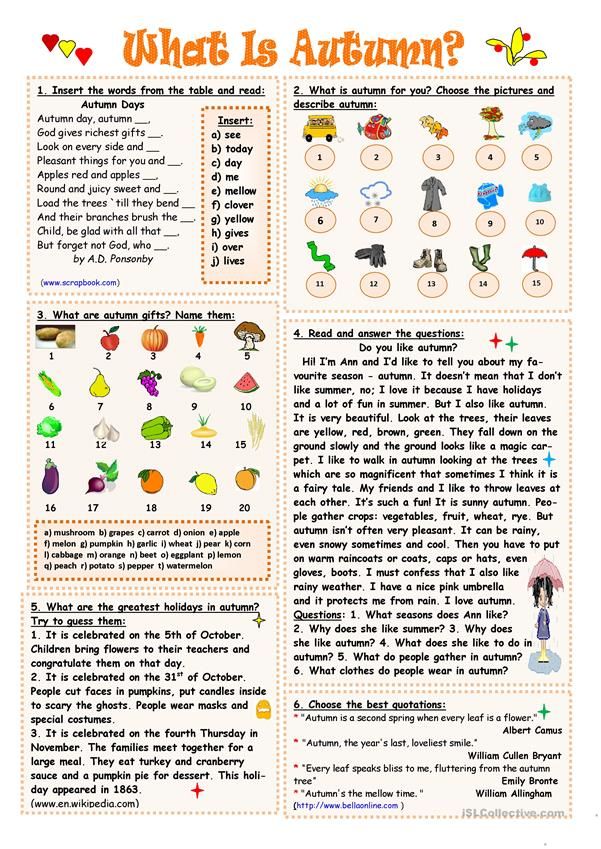 The brain mechanism of independent naming of the word: the temporo-occipital zone, and the understanding of the word - the temporal zone.
The brain mechanism of independent naming of the word: the temporo-occipital zone, and the understanding of the word - the temporal zone.
It is better not to work out the speed of reading in words because there is a high risk of losing awareness of reading, especially at the first stages of learning. To practice reading technique, it is better to use the back of cards with syllables. Such games are described in detail here. But there are still some options for improving the technique of reading words. The adult reads the word on the card, and the child tries to find it as quickly as possible. To compare your own success, you can count the number of words found per minute.
Basic rules of the game
Game No. 1 “One word, two words, it will be ...”
This option is suitable for getting to know the cards. Develops the flexibility of transition from an analytical strategy of perception to a holistic one, that is, from the perception of each word to a holistic image and vice versa.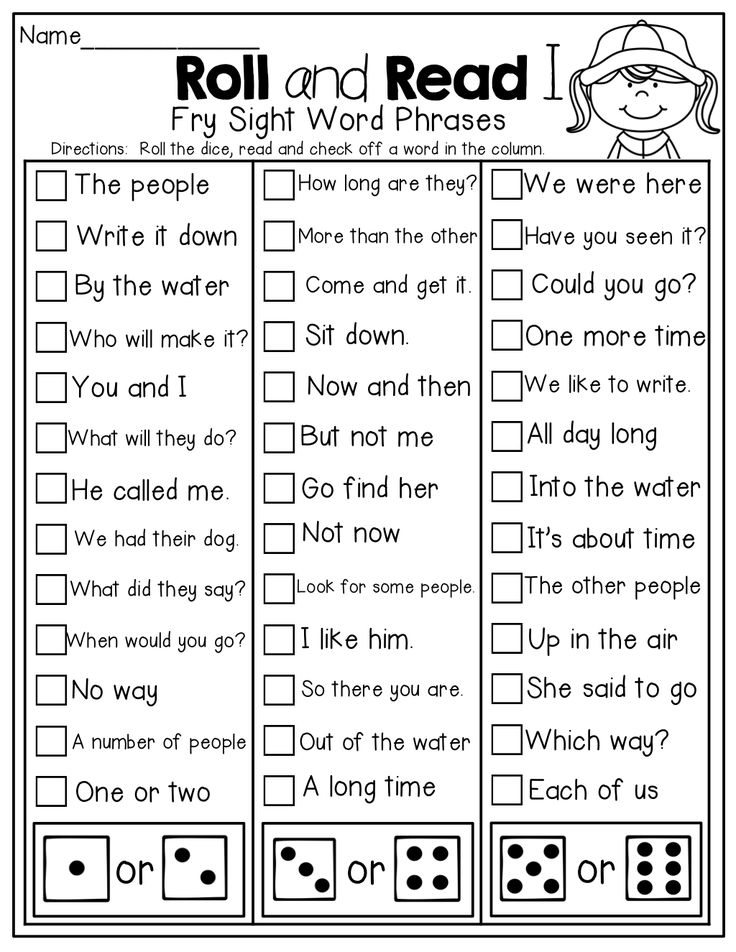 For very young players, simple cards (yellow and blue) should be chosen. You can play alone, but with the participation of several players, a competitive moment appears.
For very young players, simple cards (yellow and blue) should be chosen. You can play alone, but with the participation of several players, a competitive moment appears.
The cards are shuffled and placed face down in a small pile in the center of the table.
On a signal, everyone takes one card at a time and tries as quickly as possible to recognize the pattern or shape in which the words are located. If the pattern is recognized, the player places the card in front of him. Otherwise, the player returns the card back to the pile. The player then draws a new card. All players work at their own pace until one of the players collects 7 cards.
When one of the players has collected 7 cards, he claps his hands 3 times and the round ends.
The fastest player is the first to explain what he saw on the cards. If he did not recognize some picture, then the card is returned to the general pile, and 1 penalty point is counted. The rest are awarded points. For ease of calculation, the player is left with as many cards as he has points.
When each player's points are calculated, the next round begins. This continues until the cards in the center of the table run out.
The winner is the one with the most victory points. Another version of the game - the player calls not a picture (shape), but a general theme for the words on the map.
I would like to share some advice: in order to make the game go more fun and with great enthusiasm, you can put a bell button in the center of the table. This call is pressed by the player who first collected 7 cards according to the rules.
Reading and bell
Variants of games according to the basic rules are written at the end of the article, and they can also be downloaded.
I would like to describe an addition to the rules of the game "Logic chain", which will help unite the children's team, minimizing the competitive moment.
№2 "Logic chain" - a cooperative version of the game
Purpose of the game: put all the cards in a chain. If all players succeed, they win. But if at least one card is not put in the chain in accordance with the rules, then the defeat of all players is recognized, no matter whose card it was - the “Game” wins.
If all players succeed, they win. But if at least one card is not put in the chain in accordance with the rules, then the defeat of all players is recognized, no matter whose card it was - the “Game” wins.
Players are dealt 5 cards. One card is placed in the center of the table, the rest are placed face down on the table. The counting table determines who makes the move first.
On his turn, a player chooses from his cards the one that “fits” with some end card lying on the table and places it next to it. Communication can be direct, mediated, associative, logical - any, it is important to formulate and convincingly substantiate it. If the rest of the players have no objections, then the player who walks gets a card up to 5 from the pile and the move moves on to the next one. During the game, a chain is built on the table, cards can be placed from both ends, like in dominoes.
If a connection to none of his cards can be found, the player takes a card from the pile and can immediately make a move.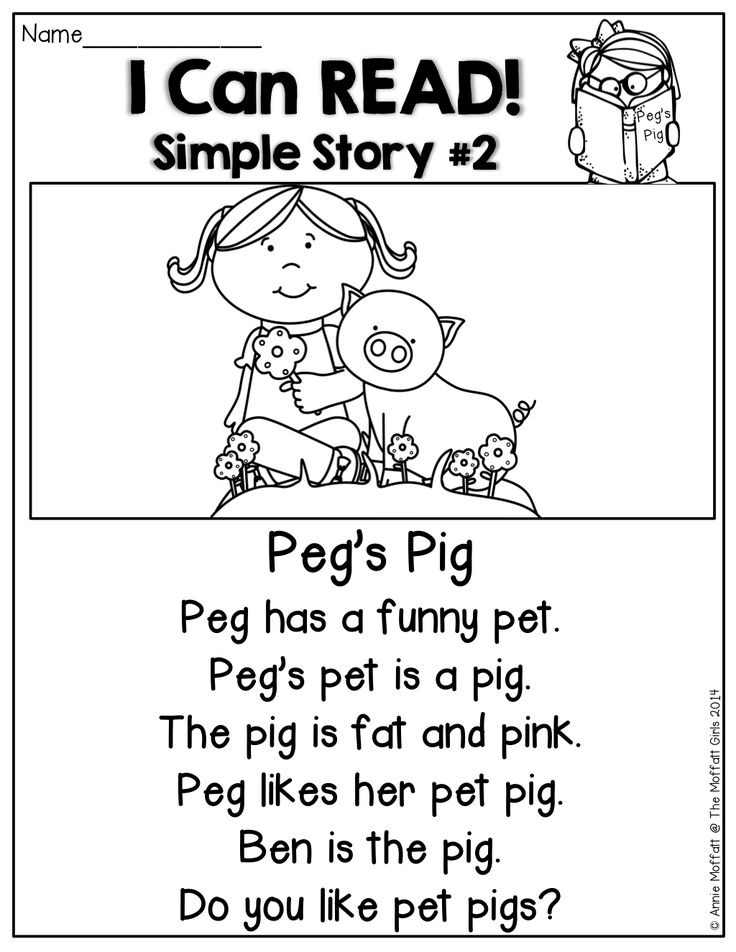 If this time the connection is not found, then the move passes to the next player.
If this time the connection is not found, then the move passes to the next player.
The game enters the end phase when the cards in the pile run out. If the players were able to get rid of all their cards, then they won the "Game", if not, then the "Game" won. This is very difficult and may require the ability of the participants in the game to help each other, negotiate and concede.
To reduce the playing time, the number of cards can be reduced to any adequate number.
In your answer, you can start from the image, from the topic, but you cannot rely on only one word from the card. You should not count as an answer just words connected in a sentence, without a connection, as indicated in the rules above. If an adult instructs you to simply make a sentence using the names of the form or the theme of the cards, then this is a completely different game, because. other tasks are solved.
The following games are aimed at developing thinking and coherent speech. Intellectual operations of generalization, selection of the particular from the general are being trained.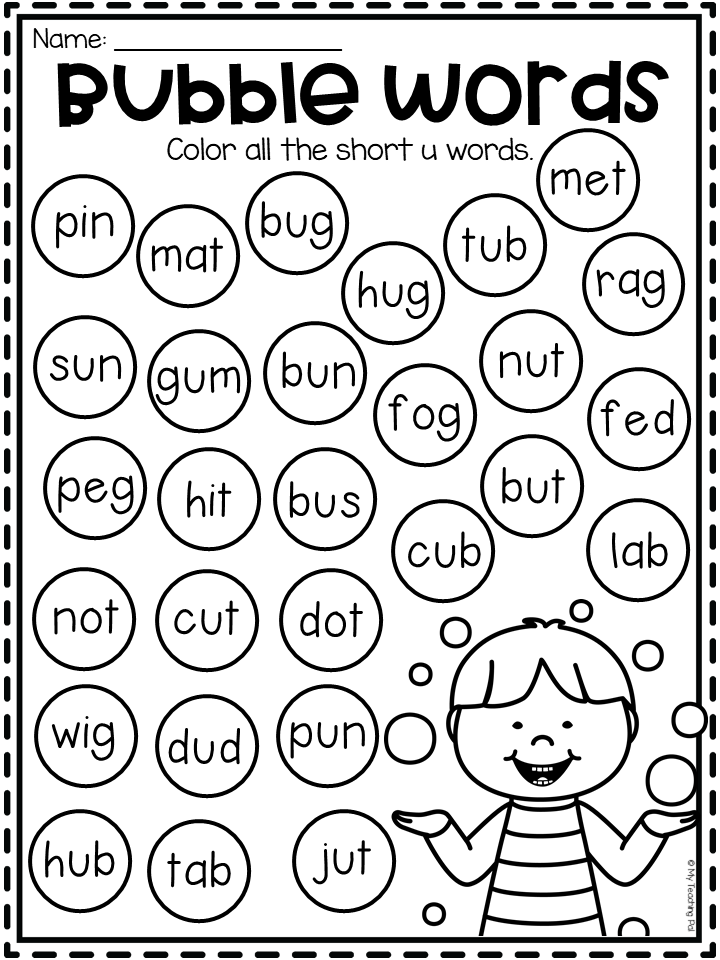
Game No. 3 "Logical Connections"
The cards are shuffled and placed in the center of the table in a small pile, words down.
The game is played in several rounds. The goal of the players is to collect cards within 3 minutes that can be combined with something, for example: a theme (animals, birds, plants, life, sports, people, food, art ...), the name of the images has the total number of syllables and even the position of the stressed syllable (anchor - bagel - cup ...), the same gender (hat - pig - T-shirt ...), etc.
On a prearranged signal, everyone simultaneously takes one card from the pile. If the card is considered suitable, then the player keeps it, if not, returns it or another “extra” card to the general pile words down and takes the next one. At the same time, no more than 5 cards can be in front of the player.
Once the 3 minutes are up, the round ends. There is a check.
Each player tells what their cards have in common.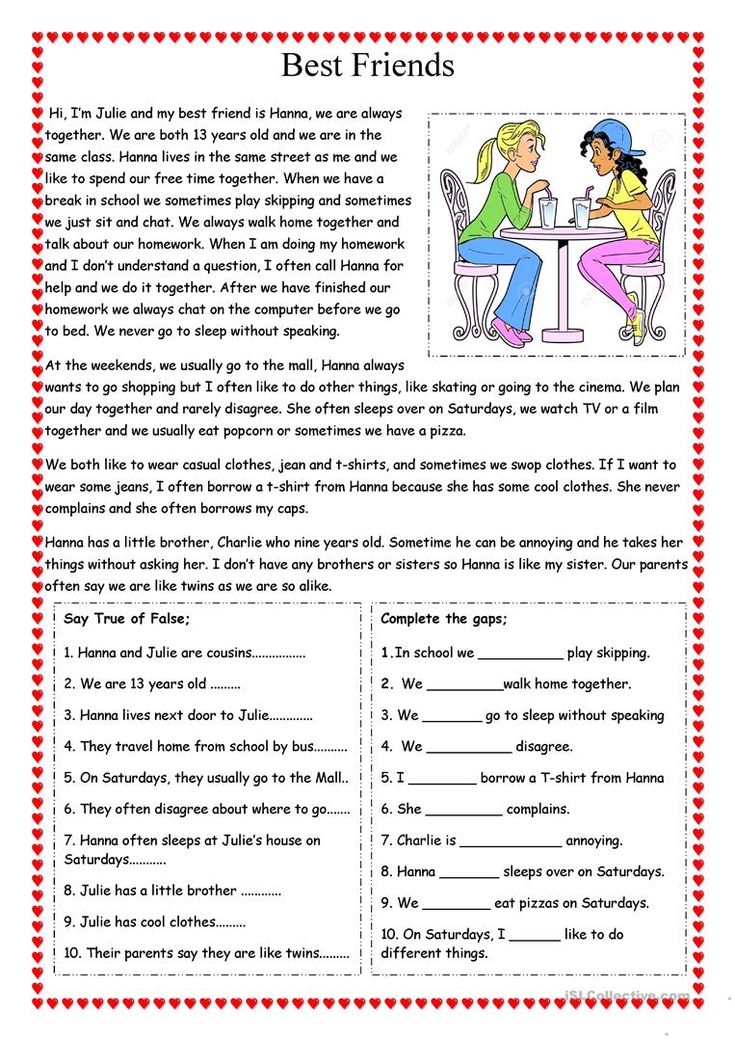 Each accepted card is worth 1 victory point. If any card turned out to be unsuitable, then it brings 1 penalty point. For ease of calculation, the player is left with as many cards as he has points. If the player managed to find only two cards that have something in common, then his answer is also accepted and 2 points are awarded, respectively.
Each accepted card is worth 1 victory point. If any card turned out to be unsuitable, then it brings 1 penalty point. For ease of calculation, the player is left with as many cards as he has points. If the player managed to find only two cards that have something in common, then his answer is also accepted and 2 points are awarded, respectively.
When the points are calculated for each player, the next round begins. Only 3 rounds. The winner is the one with the most victory points.
It is worth agreeing in advance on what principle the topic is collected:
both in form and on the topic
only in the form
only on the topic of words
Game No. 4 “Logic Battle”
All players are dealt 4 cards. One card from the deck is placed in the center of the table, the rest are placed face down on the table. The counting table determines who makes the move first.
The player who moves chooses from his cards the one that "matches" the card lying in the center and places it next to it.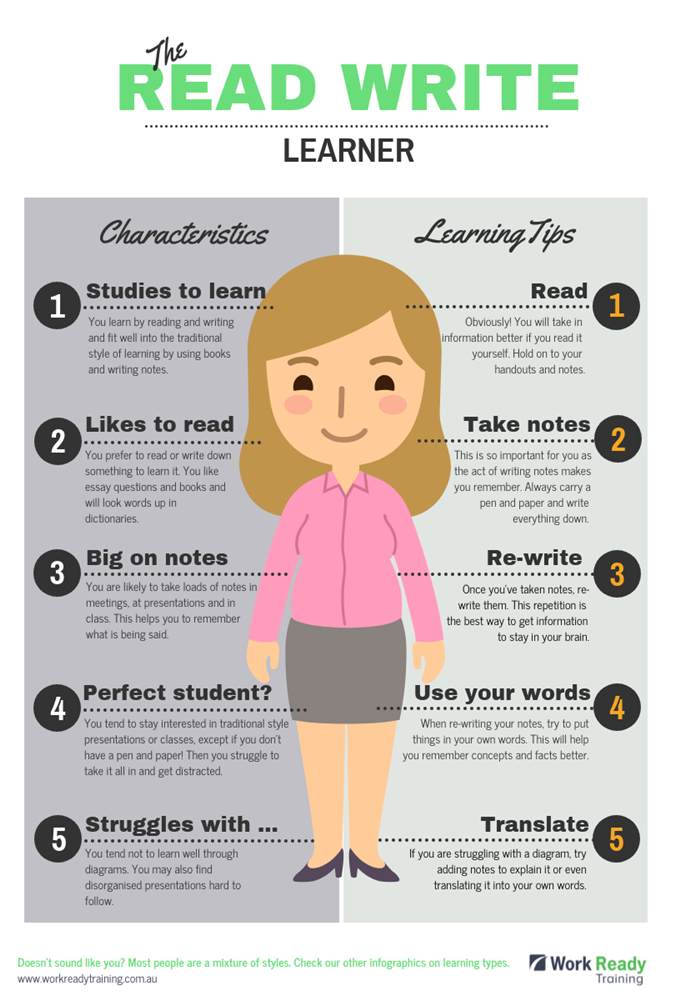 Communication can be direct, indirect, associative, logical - any, it is important to formulate it correctly.
Communication can be direct, indirect, associative, logical - any, it is important to formulate it correctly.
If the connection of the cards has been explained, then the card is “beaten” and goes to the discard pile. Only 1 card remains on the table.
The player draws up to 4 cards from the common deck. The turn passes to the next player.
If it was not possible to pick up a card or explain a logical connection, the player takes the center card for himself. A new card from the deck is laid out on the table.
When the deck ends, the number of cards in hand is counted. The loser is the one who has the most cards left.
Children can come up with their own rules of the game - this is very useful. The independent inventing of the rules of the game indicates a qualitatively new level of development of voluntary behavior, which is so necessary for conscious learning.
Game Rules Reading
FINGER EXERCISES
If you want to improve the quality of your or your child's written work, you need to work on the accuracy of finger movements and their resistance to stress.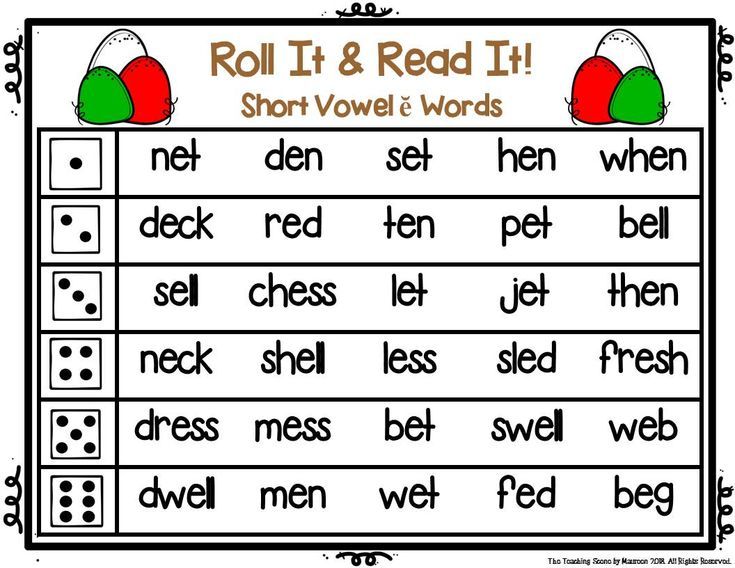
I offer a simple set of exercises that can be done before doing school homework or before targeted calligraphy classes. You can watch the video where everything is clearly shown.
We will talk about physical exercises, but we will talk about graphic warm-ups and workouts another time.
So, we need a warm-up for the fingers and hands to develop the following characteristics of movement:
Please note that we work on the speed of execution last, when the movements are not constrained and sufficiently coordinated.
"Massage of the palms". First, as before any physical training, you need to warm up your hands.
For example, with a hexagonal pencil or any other massager. This elementary warm-up will be more effective if you make sure that the pencil rolls from the tips of your fingers to the very bottom of the palm, and the fingers are pointing straight up. The increase in efficiency occurs due to the inclusion of self-control and awareness of movements.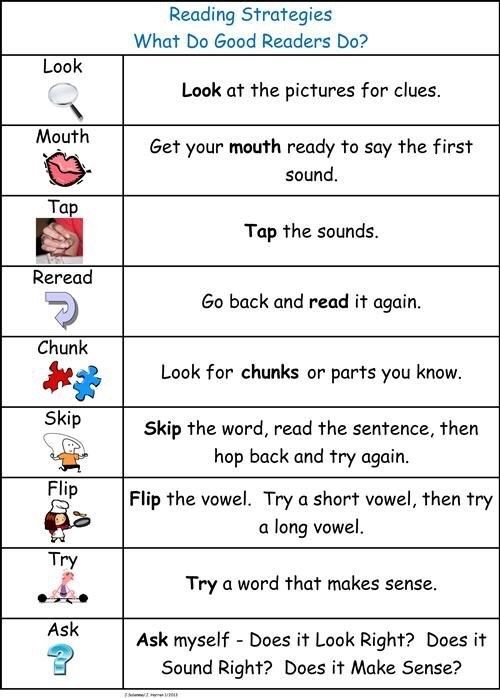
Finger massage. It can be done simply with your hands, kneading each finger, or with the help of a special Su-jok massager. This is such a prickly massage ring, sold in a pharmacy or orthopedic stores. We are more interested in massaging the fingertips, so we do more active movements precisely on the fingertips of both hands.
And again, if a child massages his fingers himself, then this adds not only dexterity, but also awareness, which means it will be more effective. Be careful, this ring should not be left on the finger without movement, it impedes blood circulation.
Carpal "Espader" is a sports simulator for training strength and endurance to loads. We squeeze the expander with each hand in turn as many times as you are old or until you feel tangible fatigue. Exercises with an expander should be performed in several approaches and be sure to ensure that the arm relaxes each time after tension. In sports stores and pharmacies, you can find different modifications of expanders for adults and children.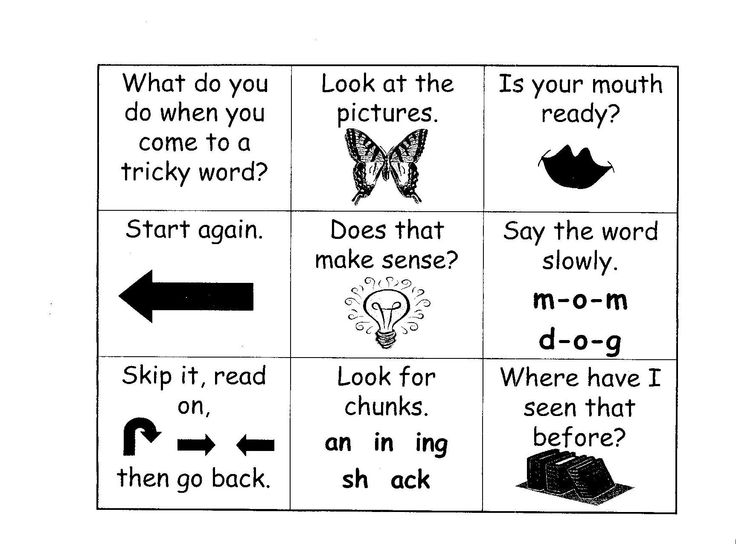
Next, we'll work on the mobility of the wrist. Exercise "Two snakes". We stretch our hands in front of us and do not bend at the elbows, fingers are gathered into a fist. These are the heads of our snakes. Snakes sequentially “look” down, up, out, in, then move in a circle: up, out, down, in. In addition to improving the mobility of joints and ligaments, multidirectional hand movements improve communication between the hemispheres of the brain.
Rollerball Gyro Trainer improves hand and wrist coordination and performance. The simulator is designed on the principle of a gyroscope - inside the ball is another one, of a smaller diameter, which can rotate in two different planes. If you rotate the brush correctly (and this may not work right away), then the rotor starts spinning even more. Rotation should be carried out only with a brush, and we try to fix the forearm, elbow joint and shoulder motionless. The task is to disperse the inner ball with the rotational movements of the brush. The higher the speed, the greater the load and the more interesting. The time of each hand is gradually increased from 30 seconds to 2-3 minutes.
The higher the speed, the greater the load and the more interesting. The time of each hand is gradually increased from 30 seconds to 2-3 minutes.
Exercise "Rhythms" is aimed at switching. When writing, it is necessary to quickly switch from one movement to another, from one element of the letter to another. If the switching is not fast enough, then students may confuse the lowercase letters i-y, b-d, p-t.
The meaning of the exercise lies in the rhythmic change of any hand movements. The simplest is for 3 accounts, but you can increase it. Slowly at first, then speed up. It is important to repeat the sequence several times without going astray, like a tongue twister. For example, with both hands: palms on the table - fists on the table - clap. We repeat several times. Preferably silently, not counting out loud. You can count when it is very difficult - speech will play an organizing role and it will be easier to perform without getting lost.
You need to come up with different sequences each time, and not repeat the learned movements.